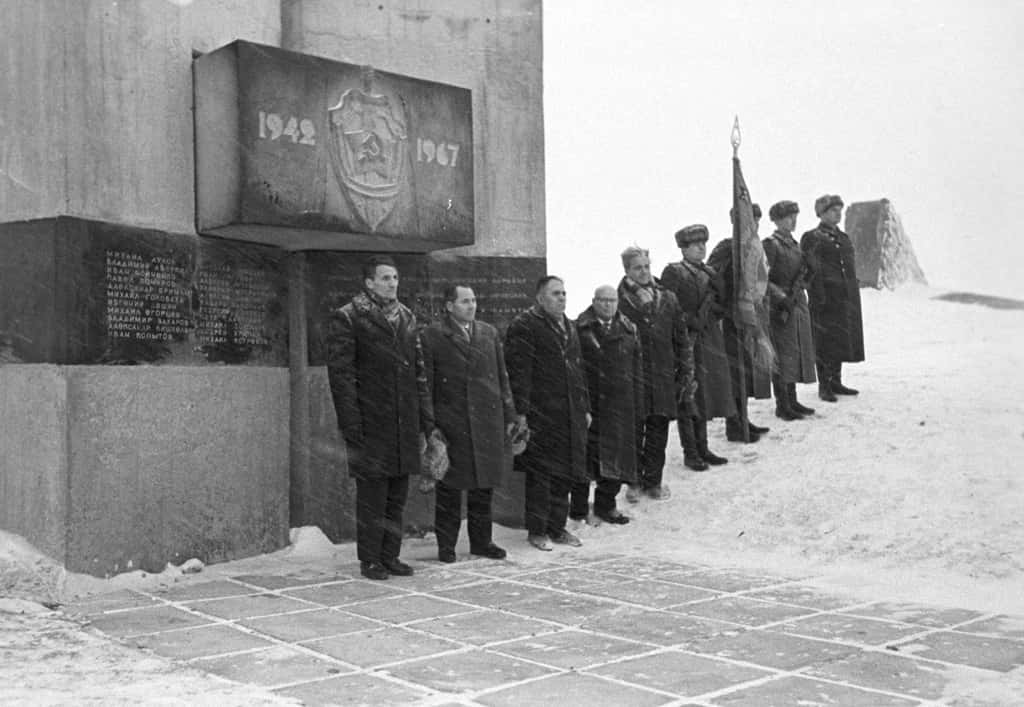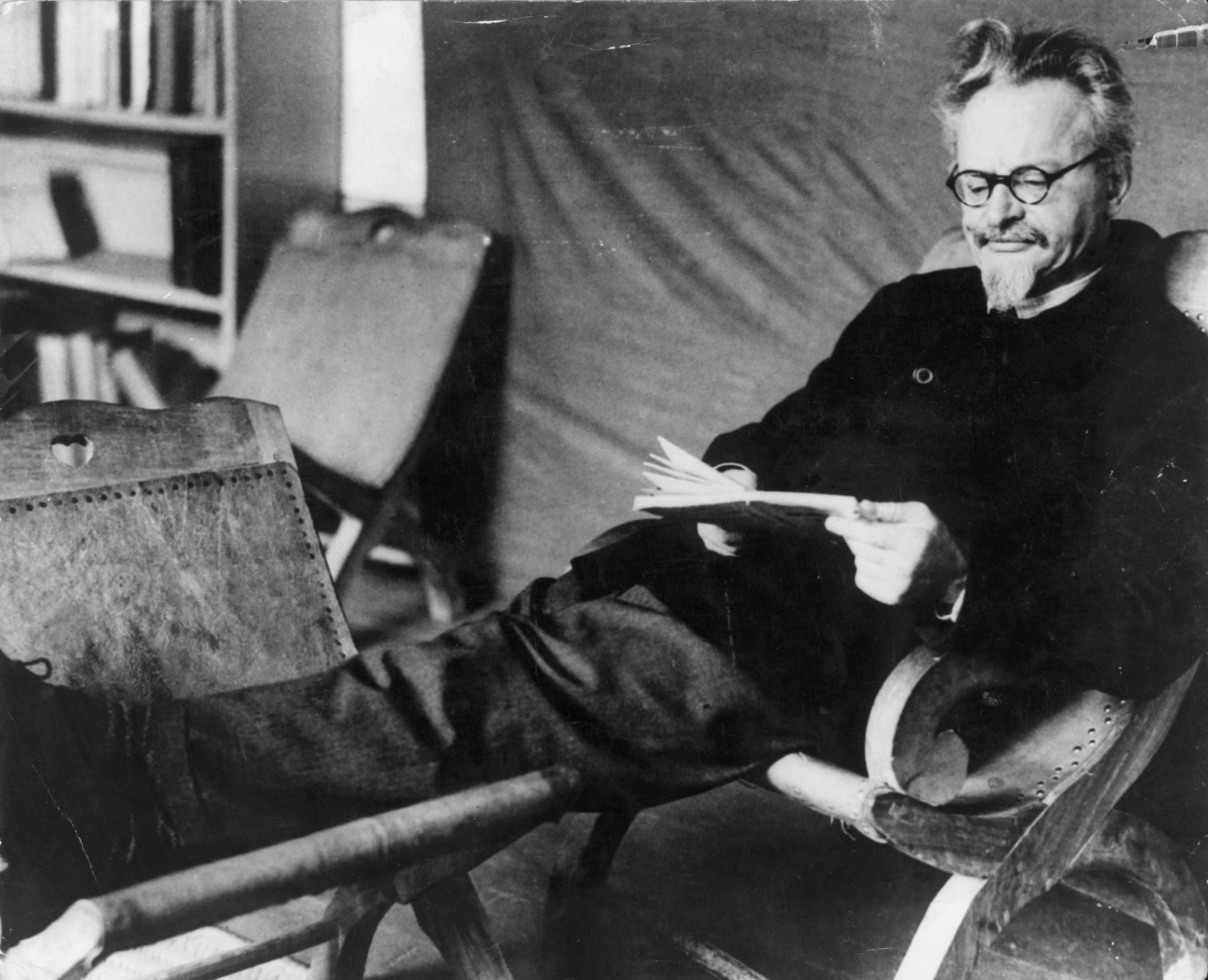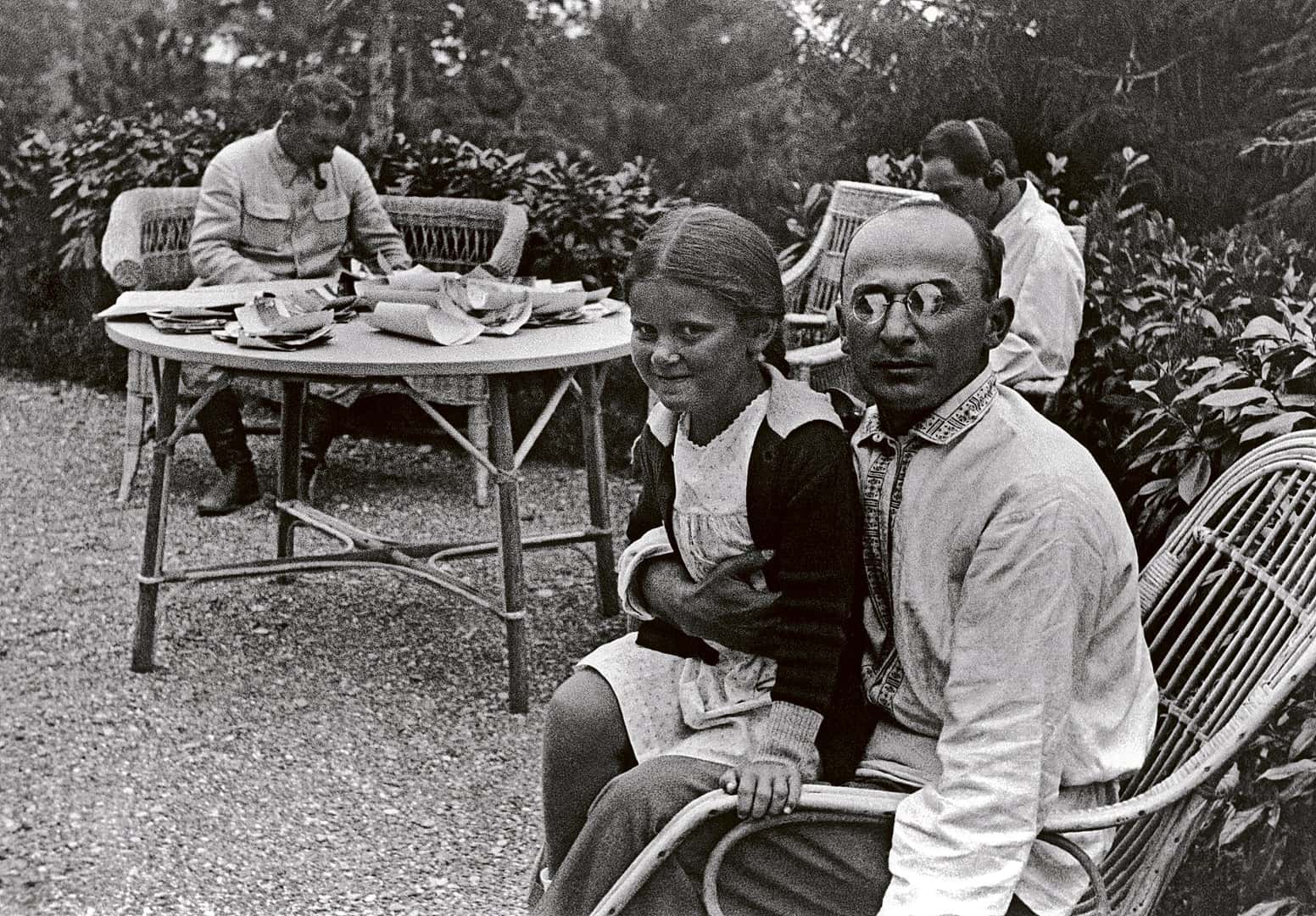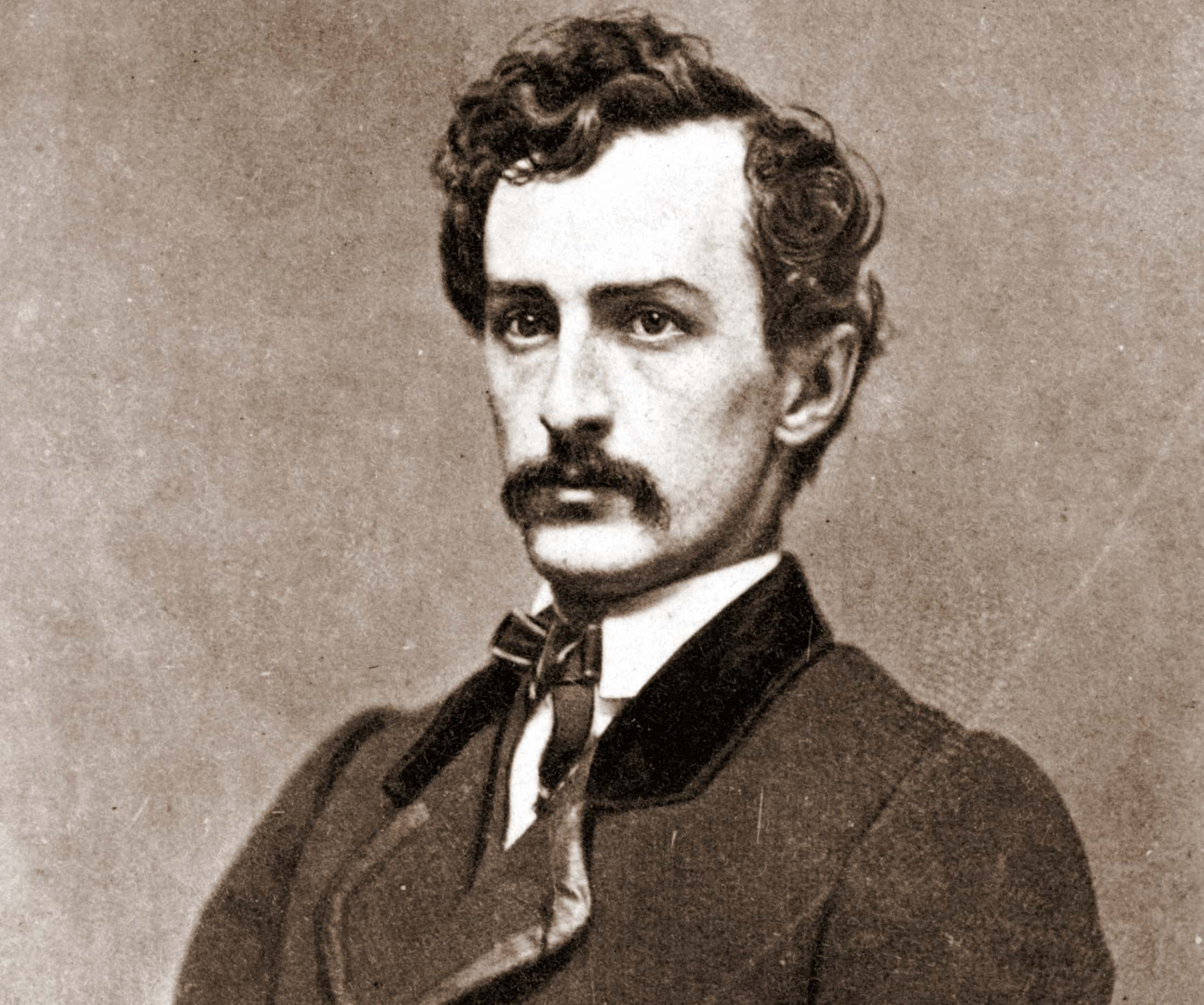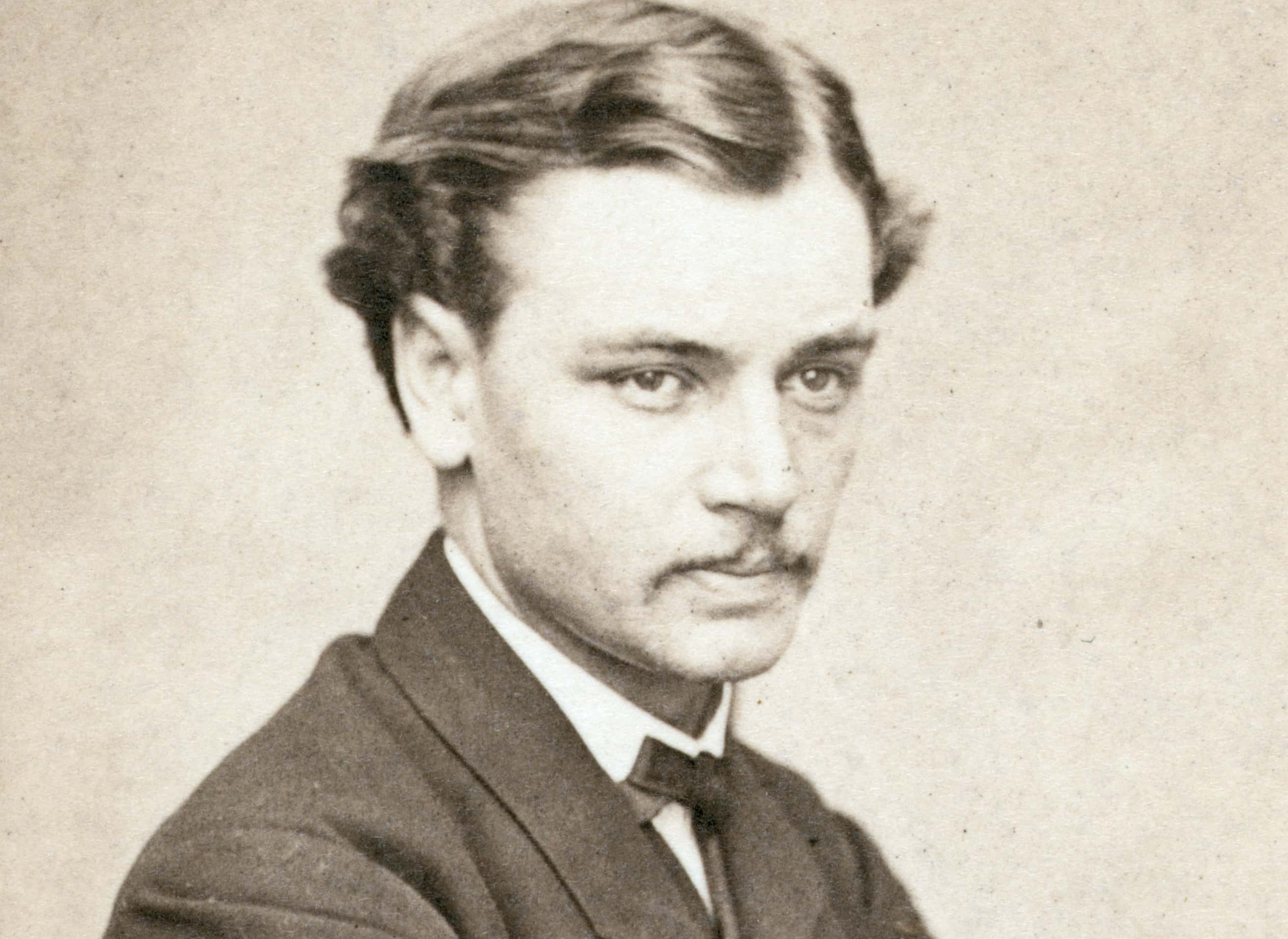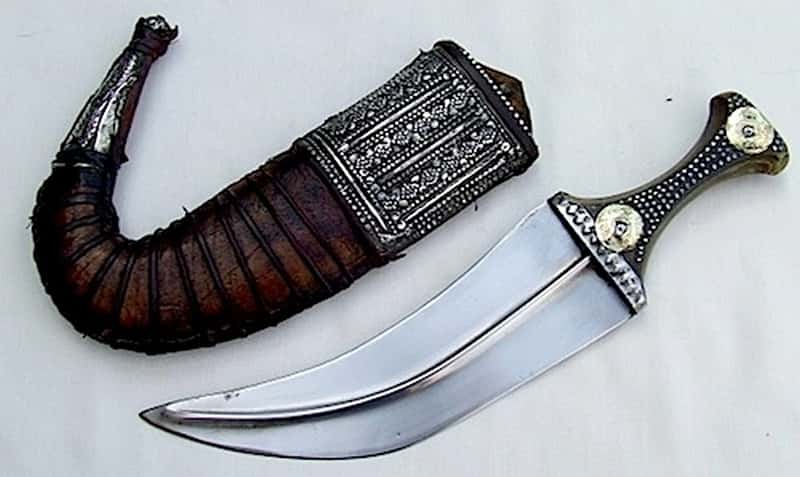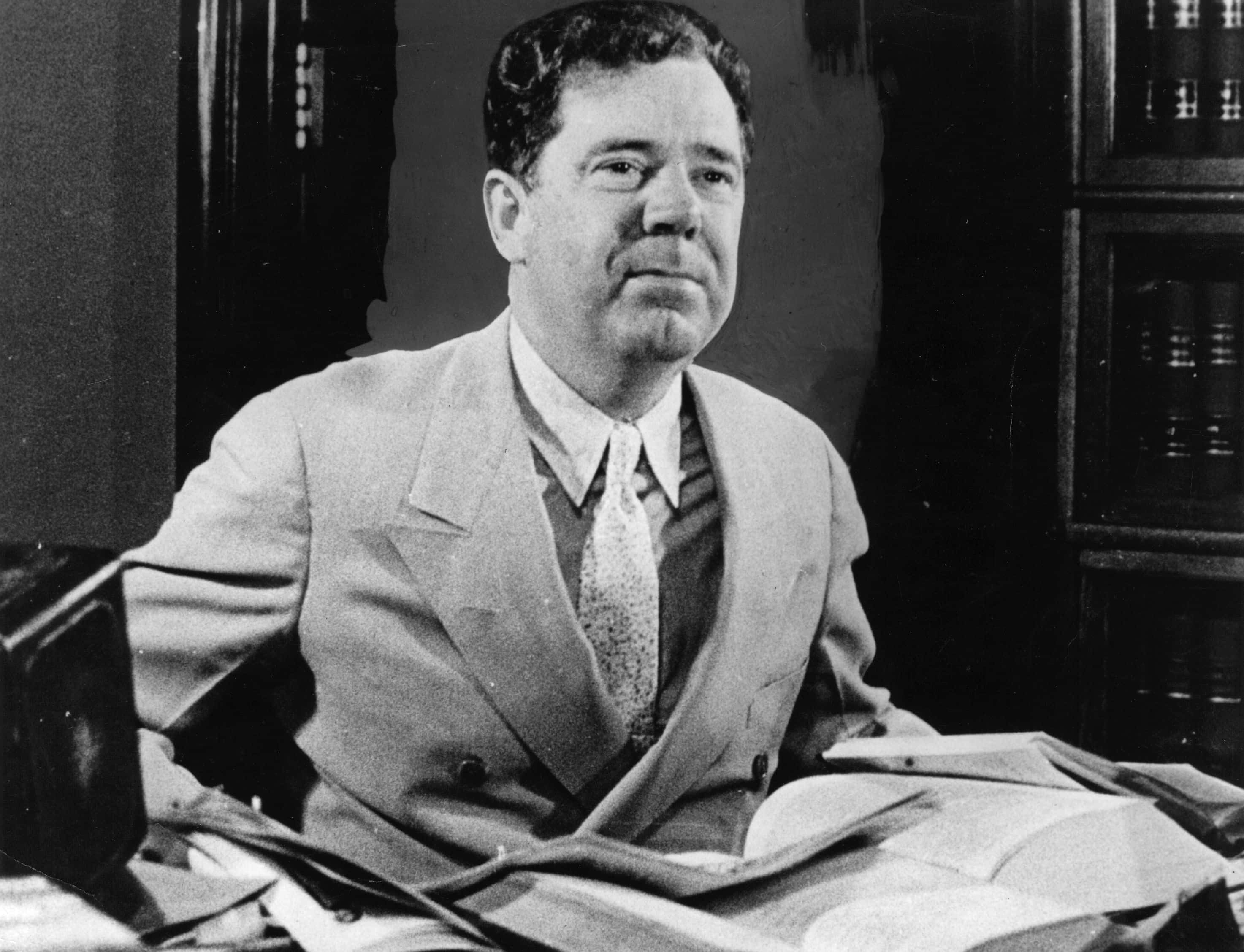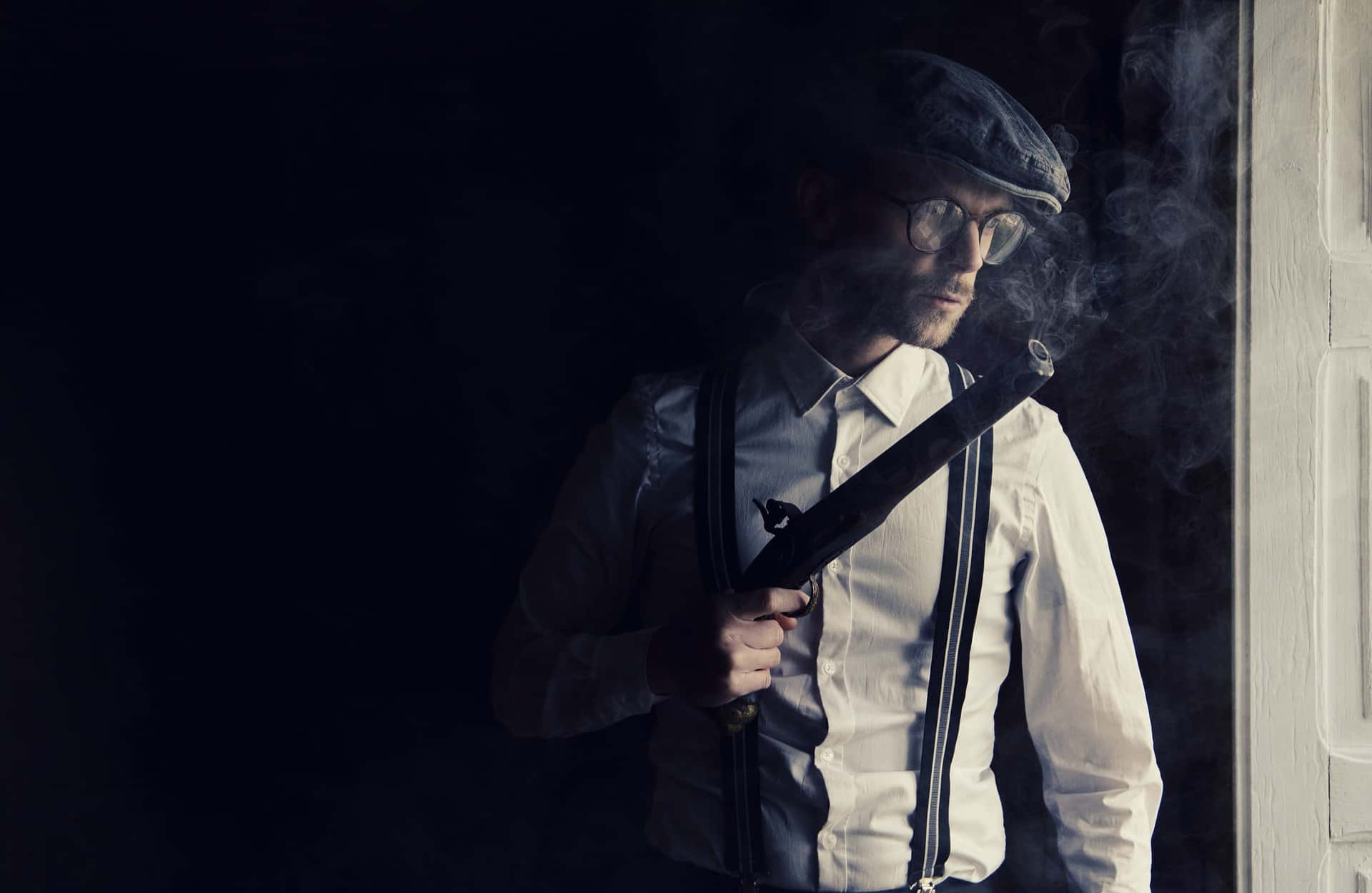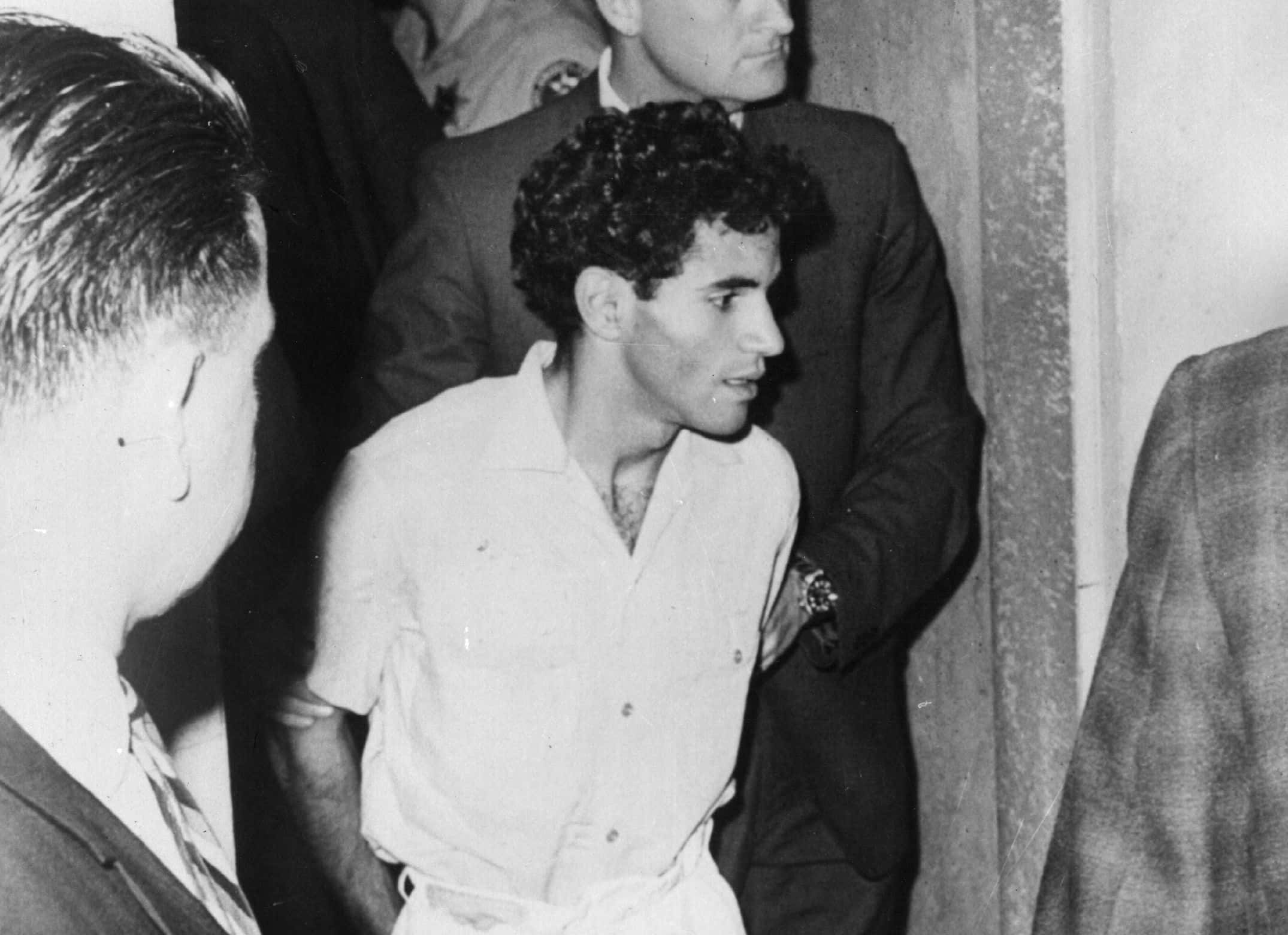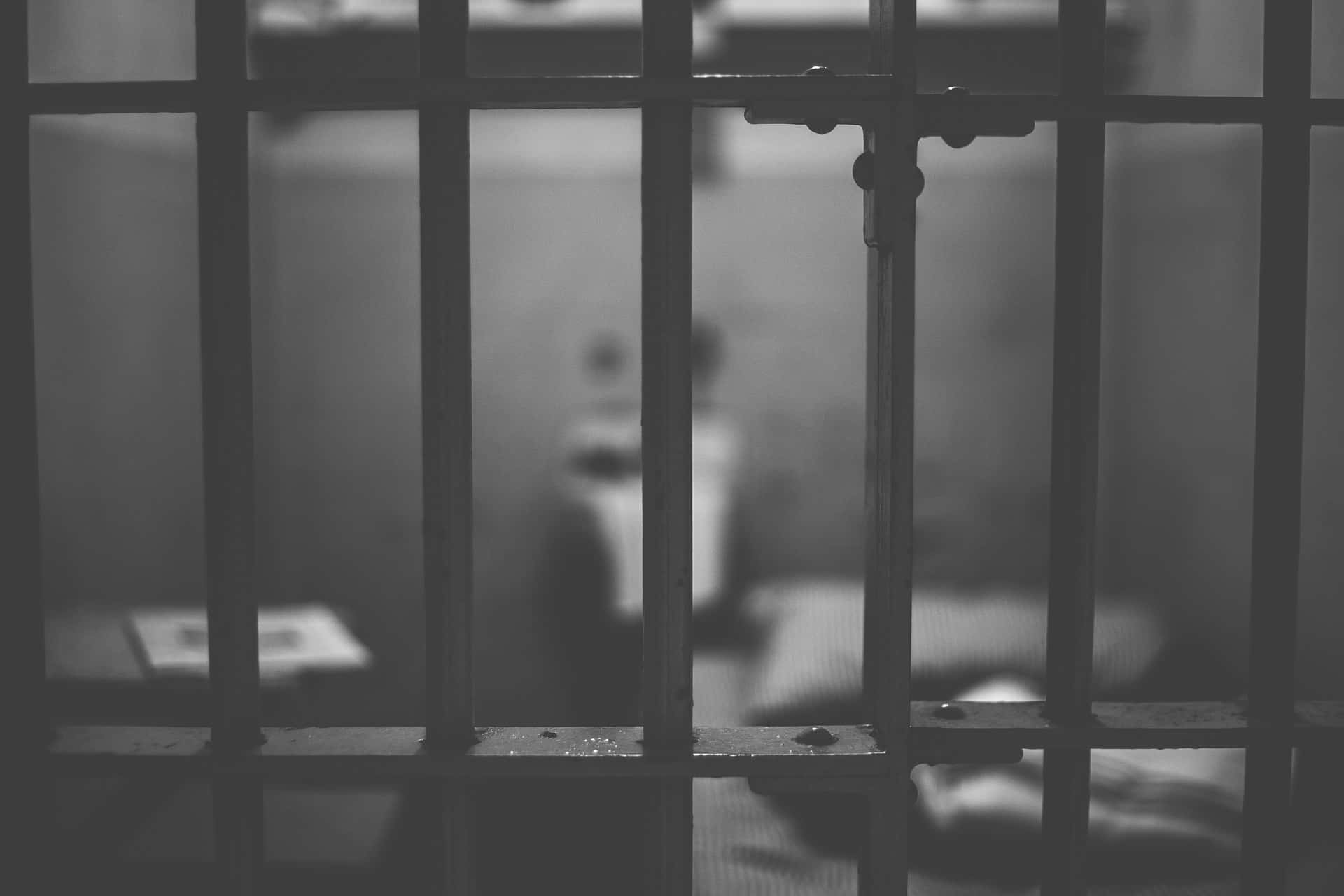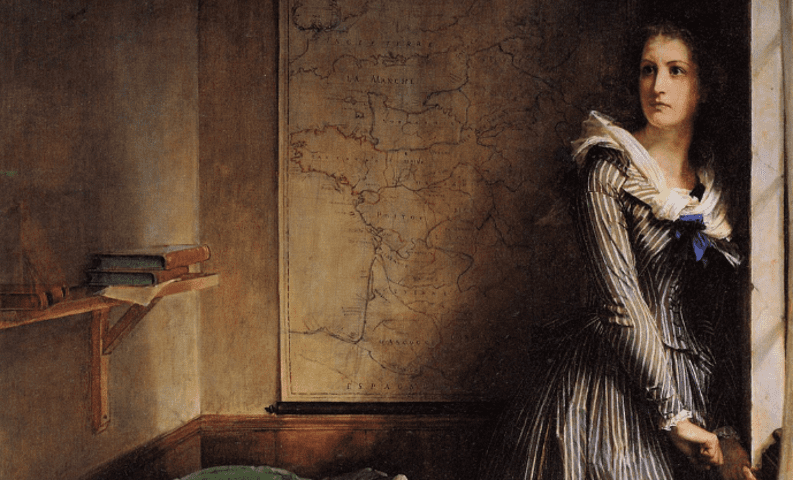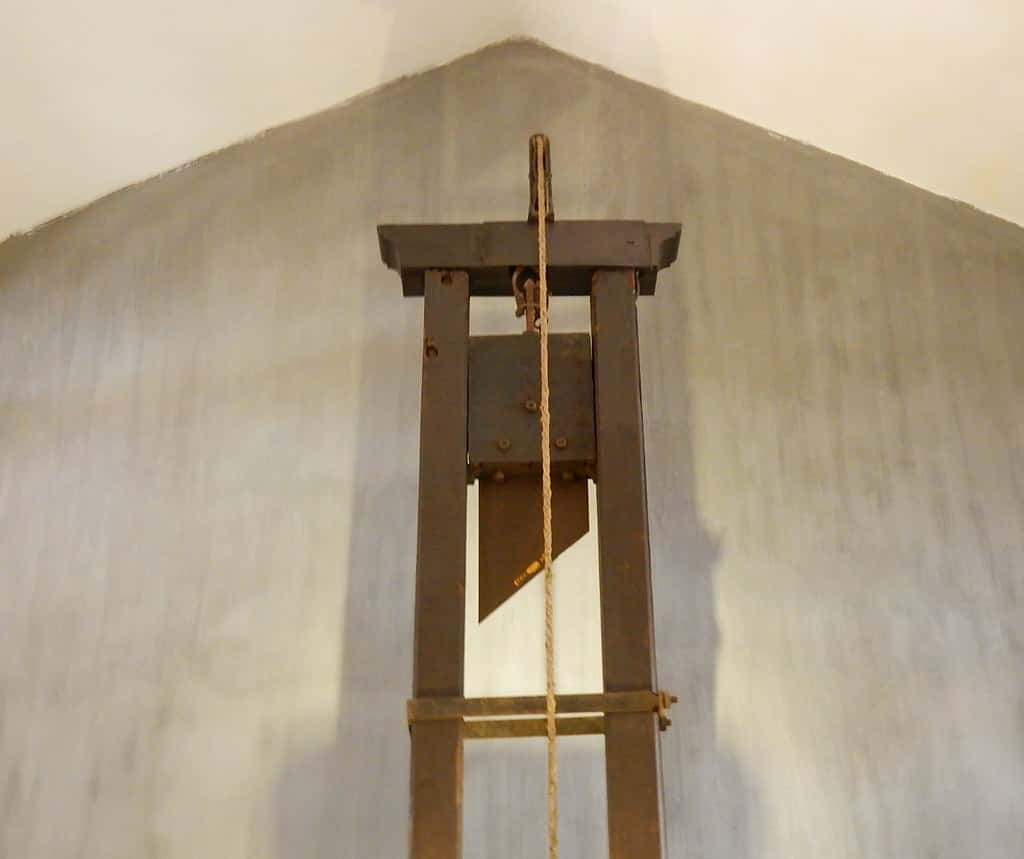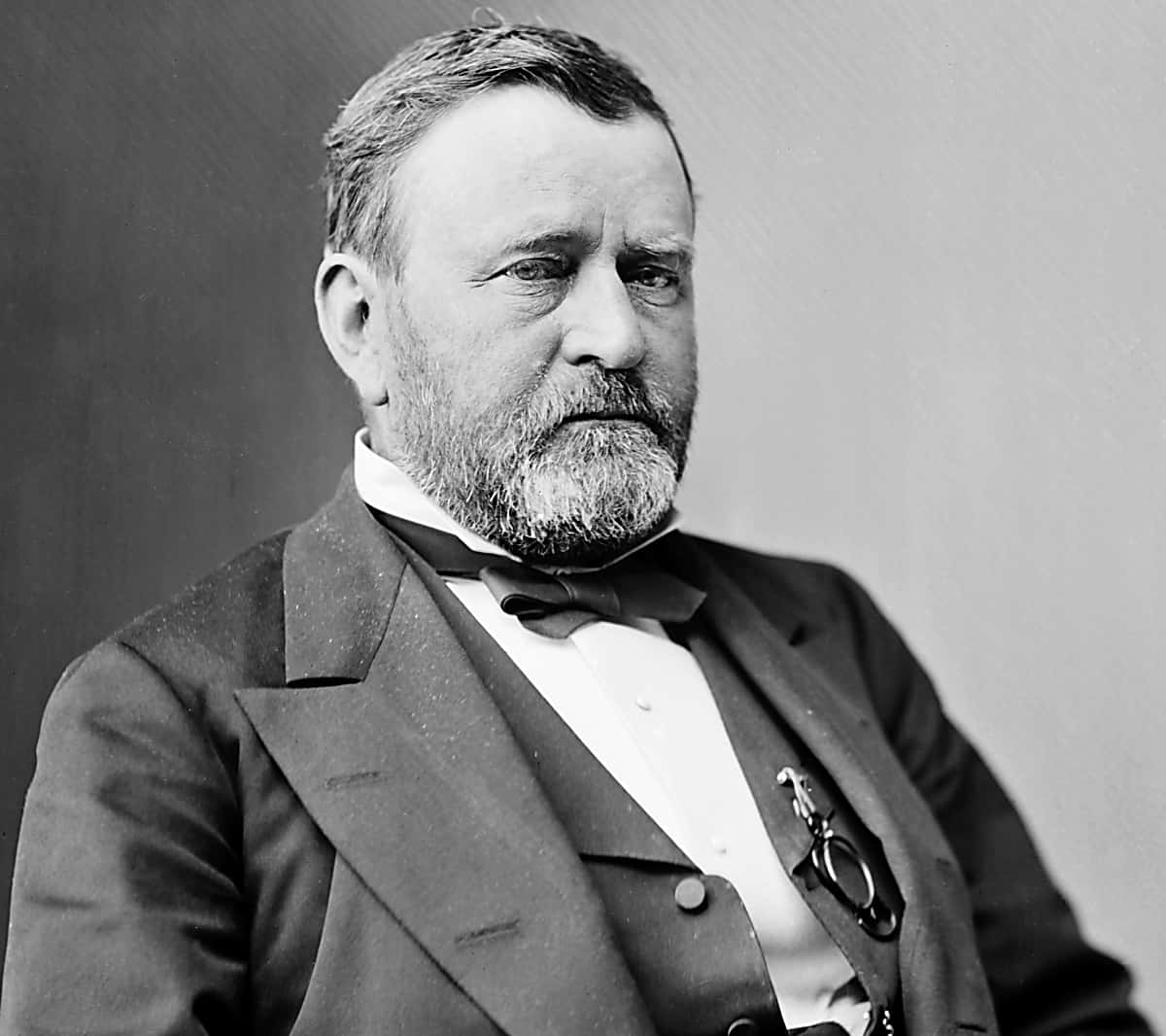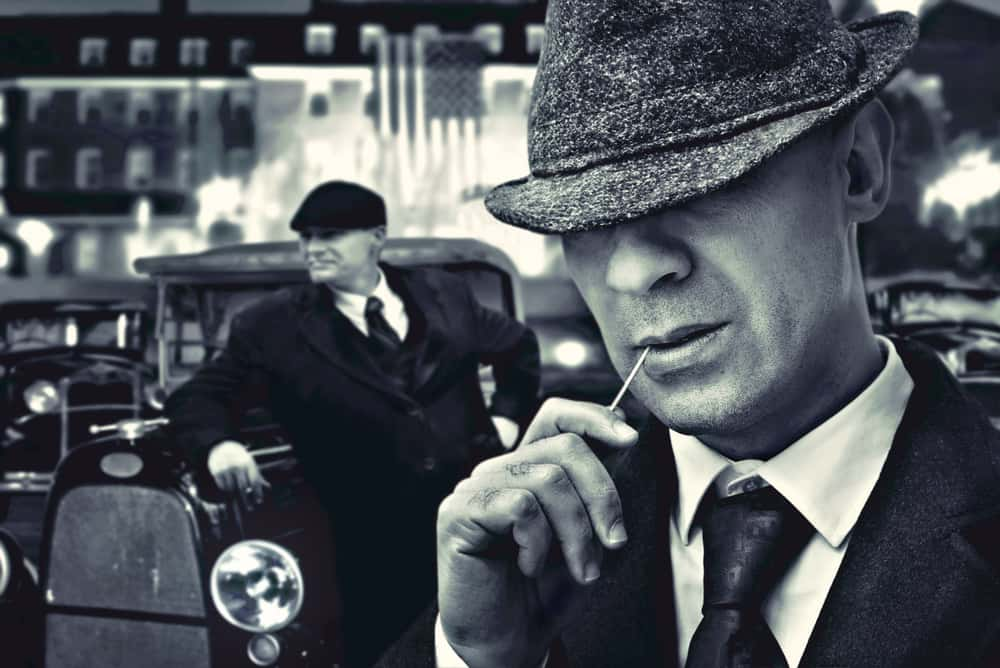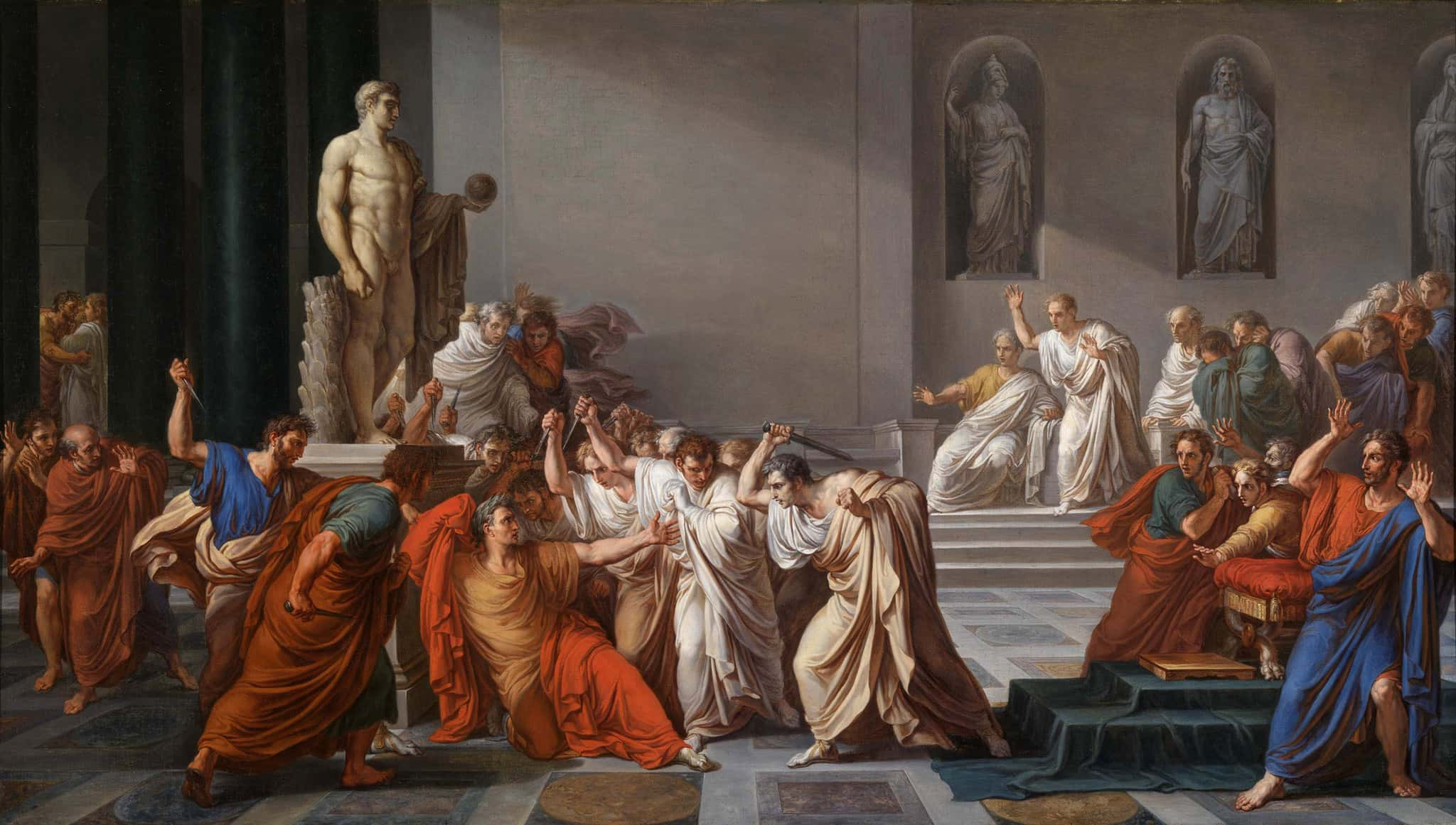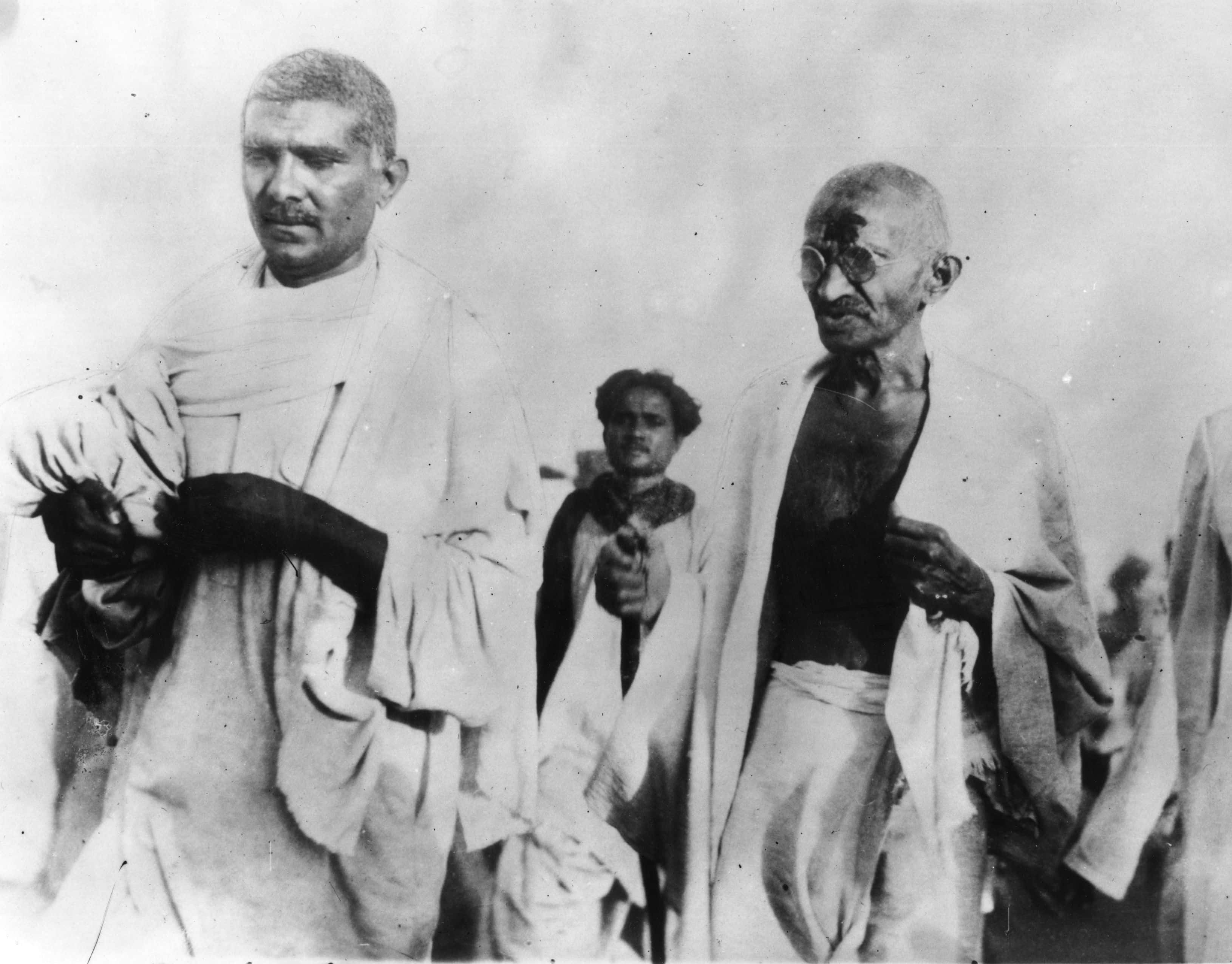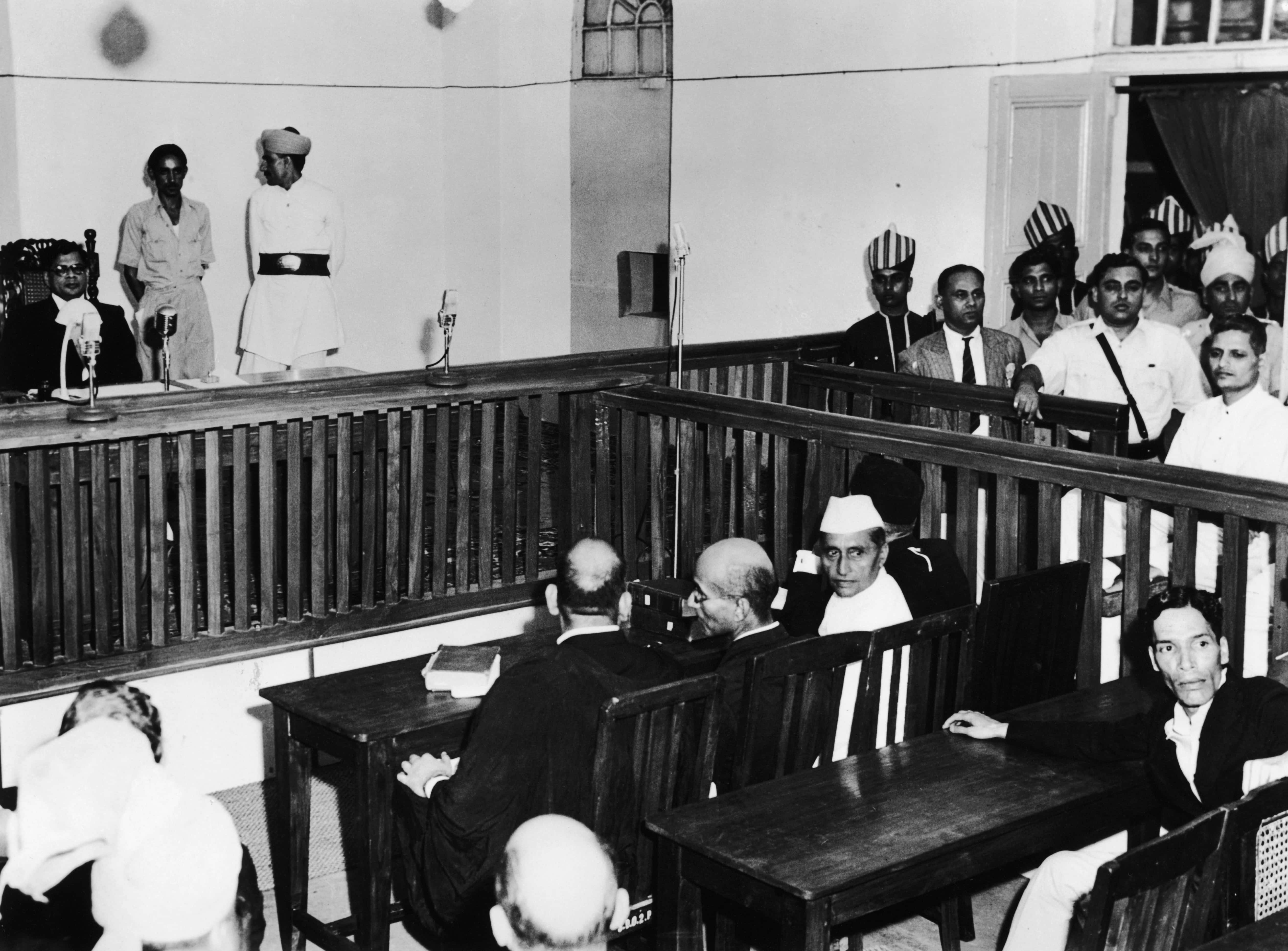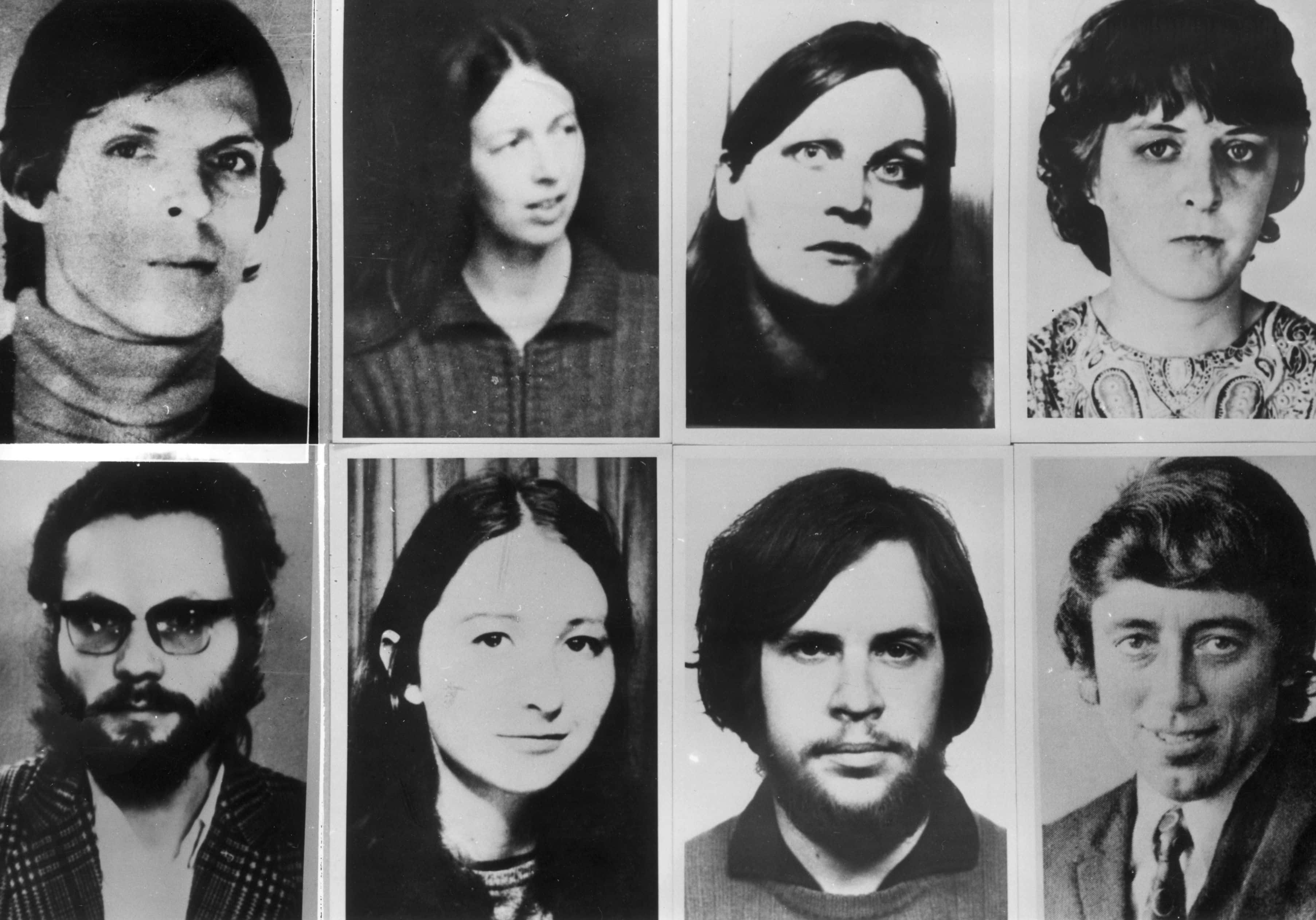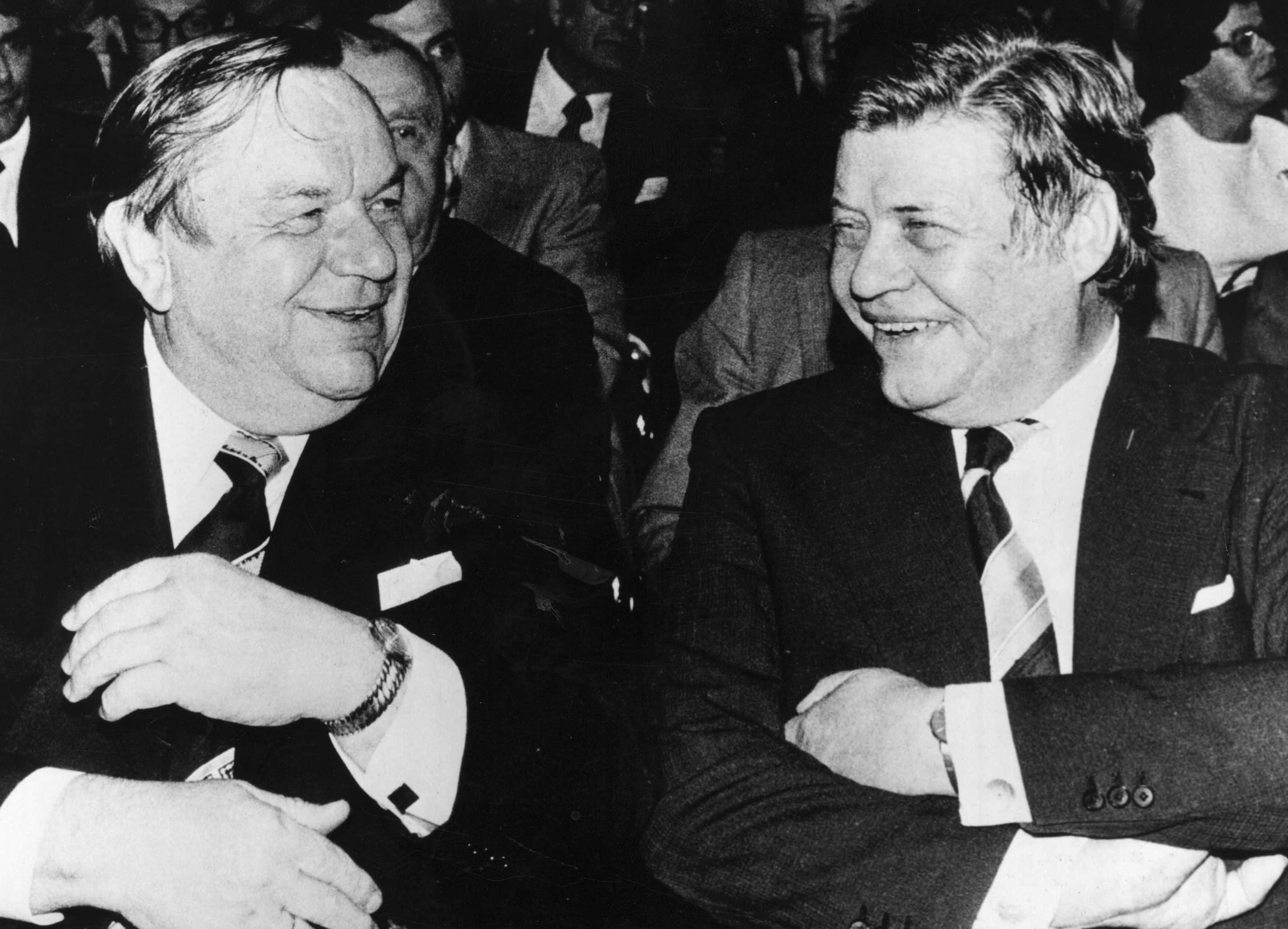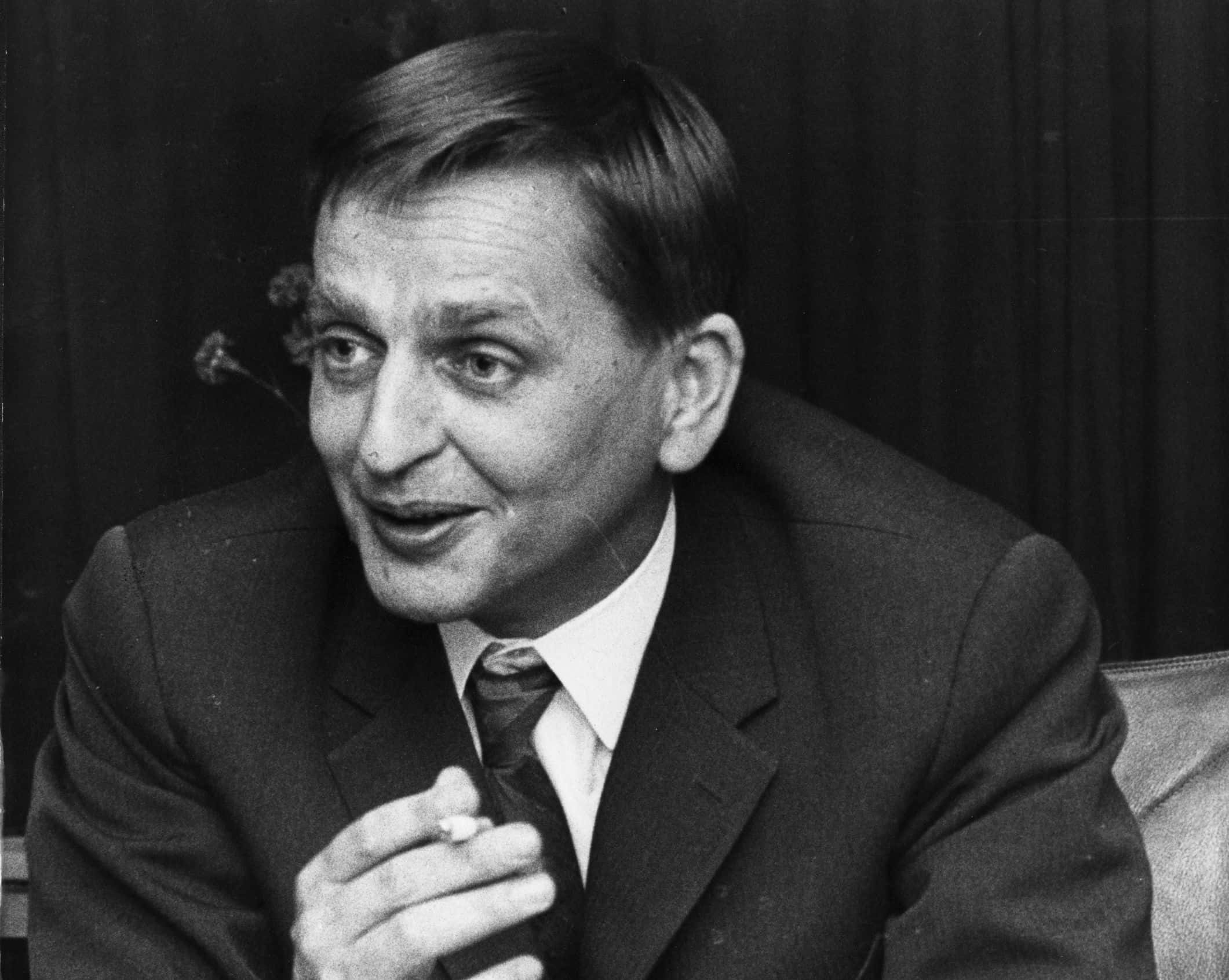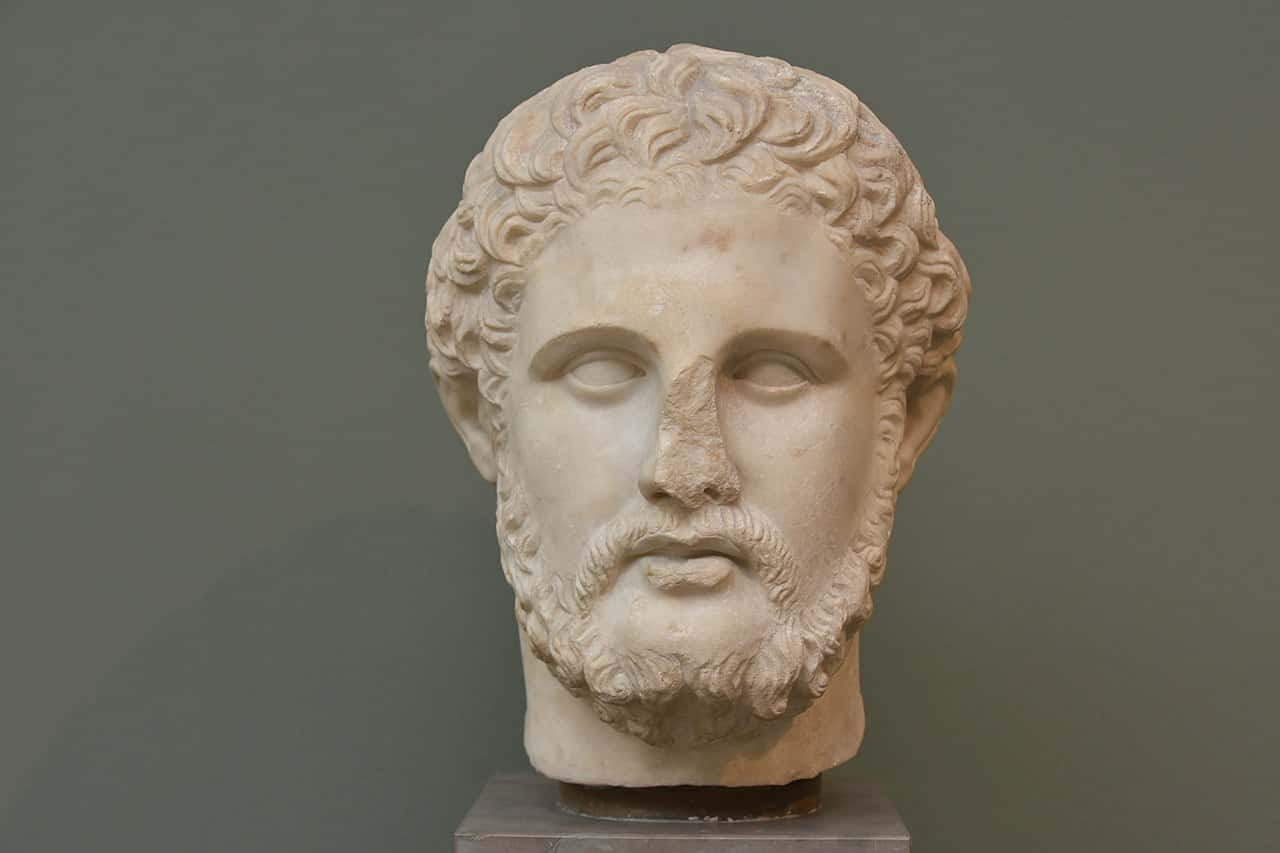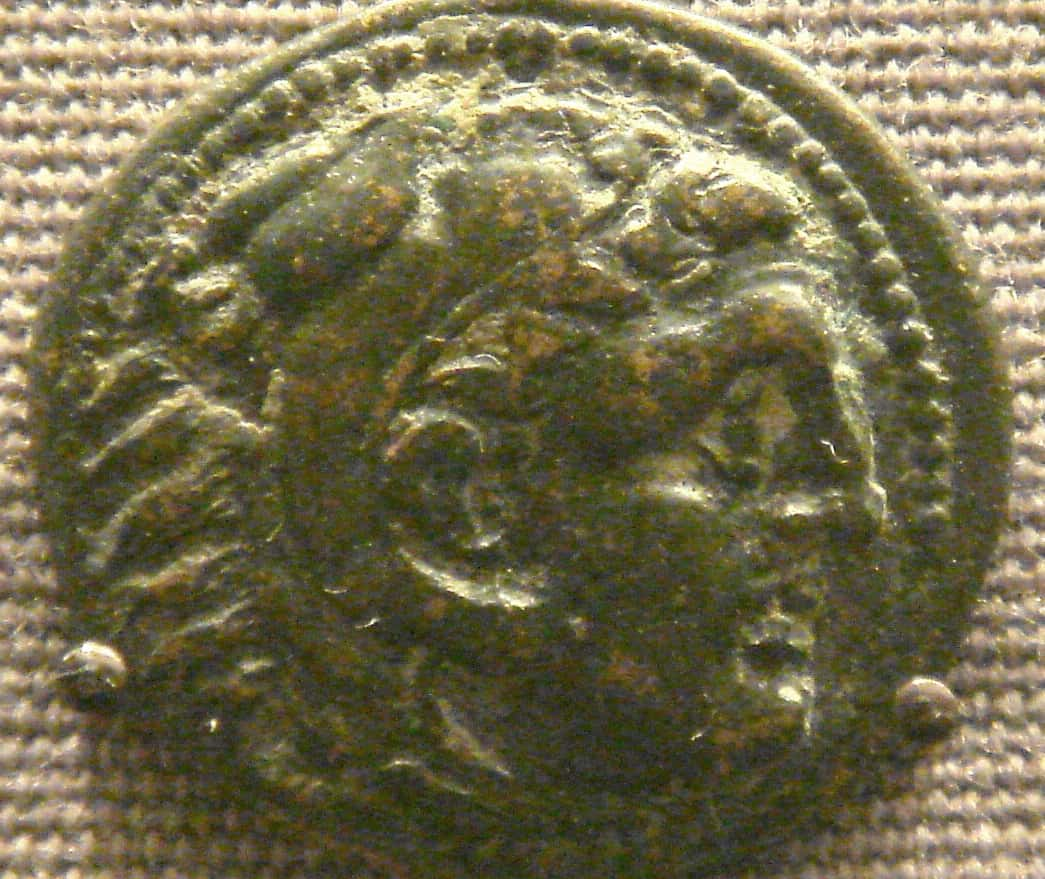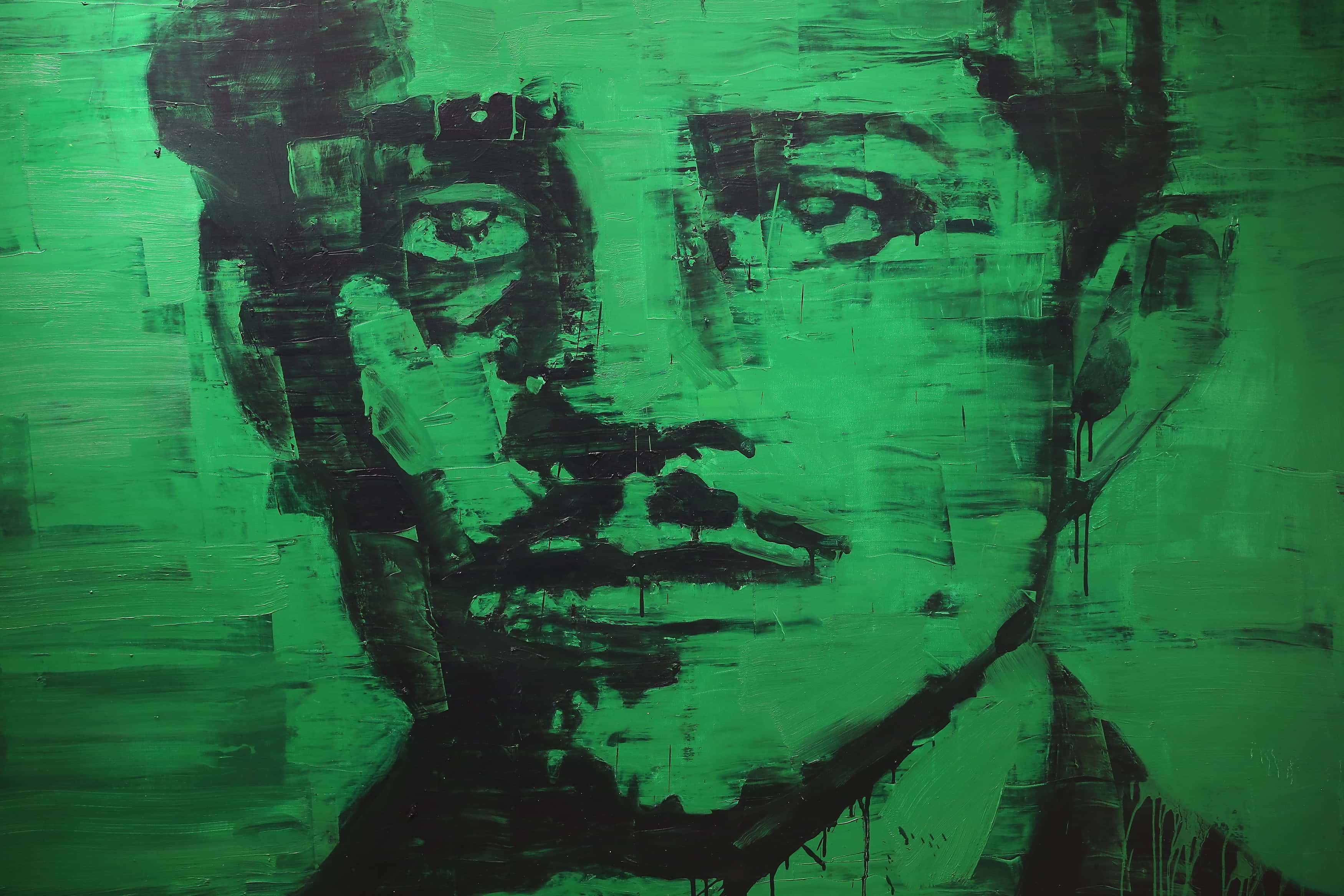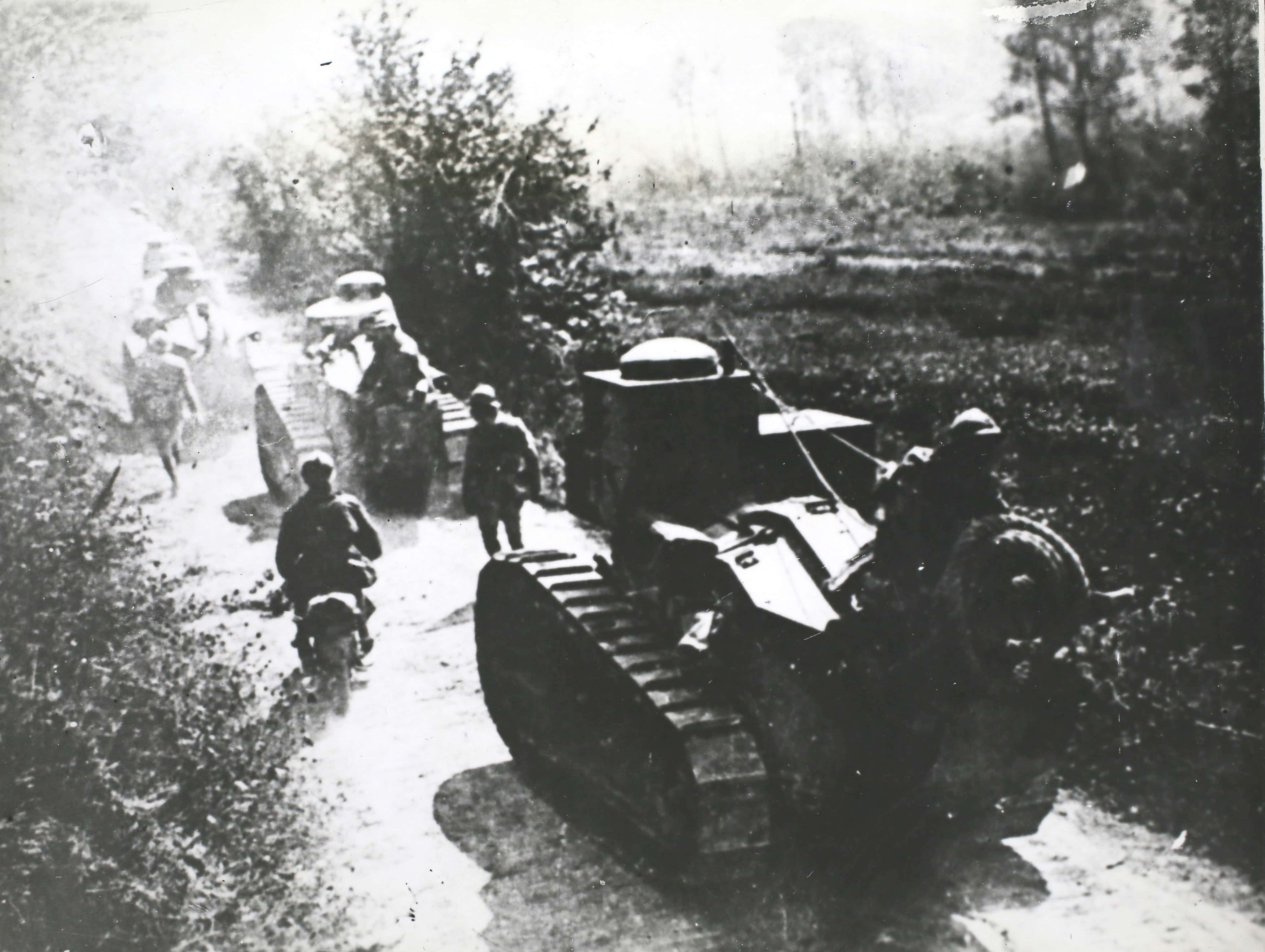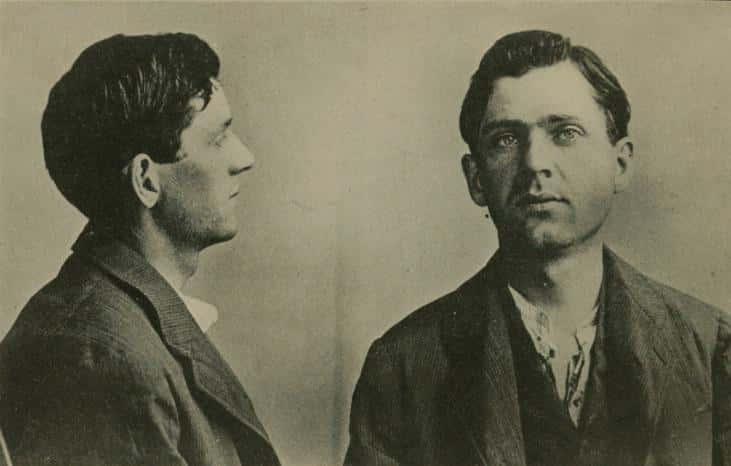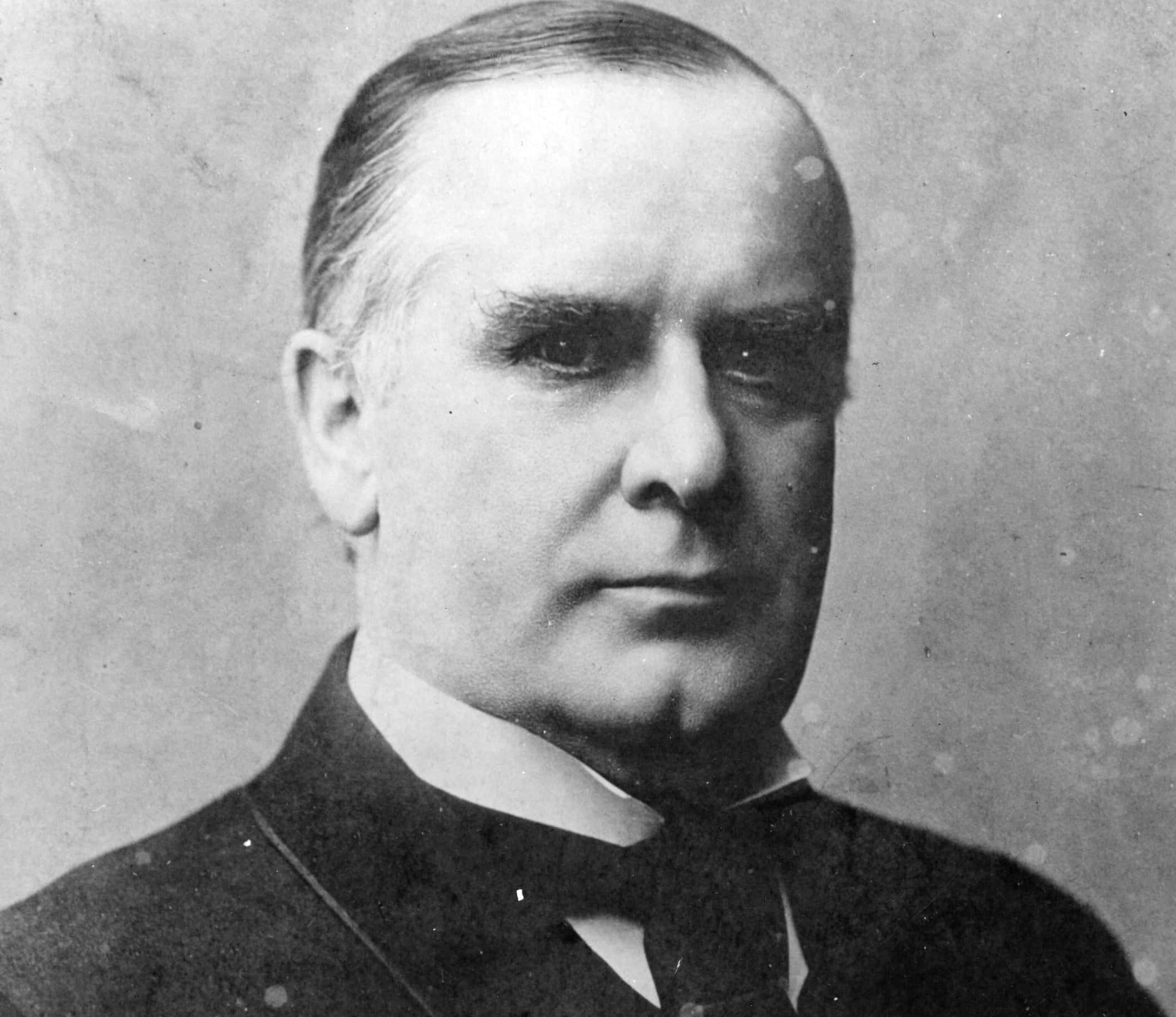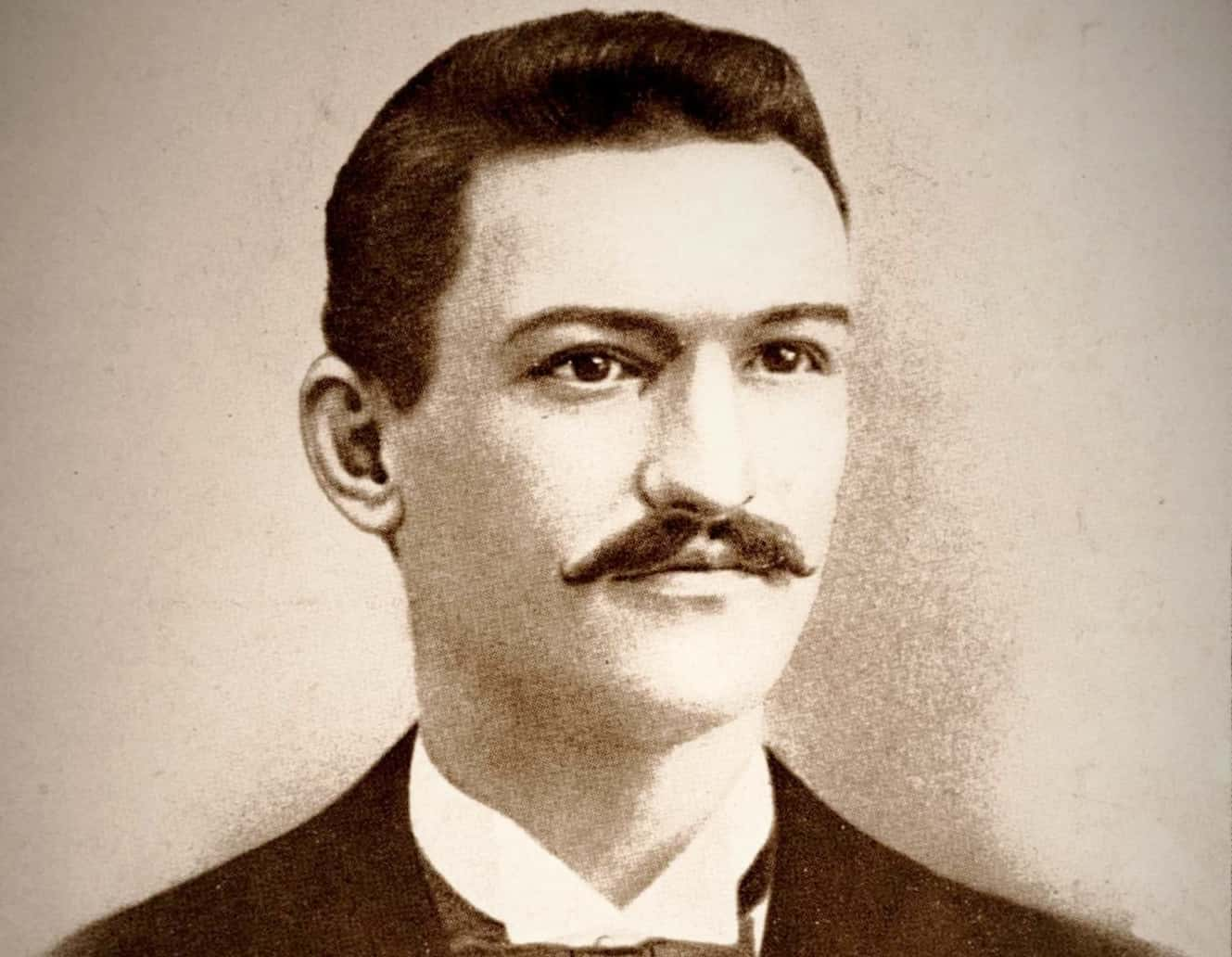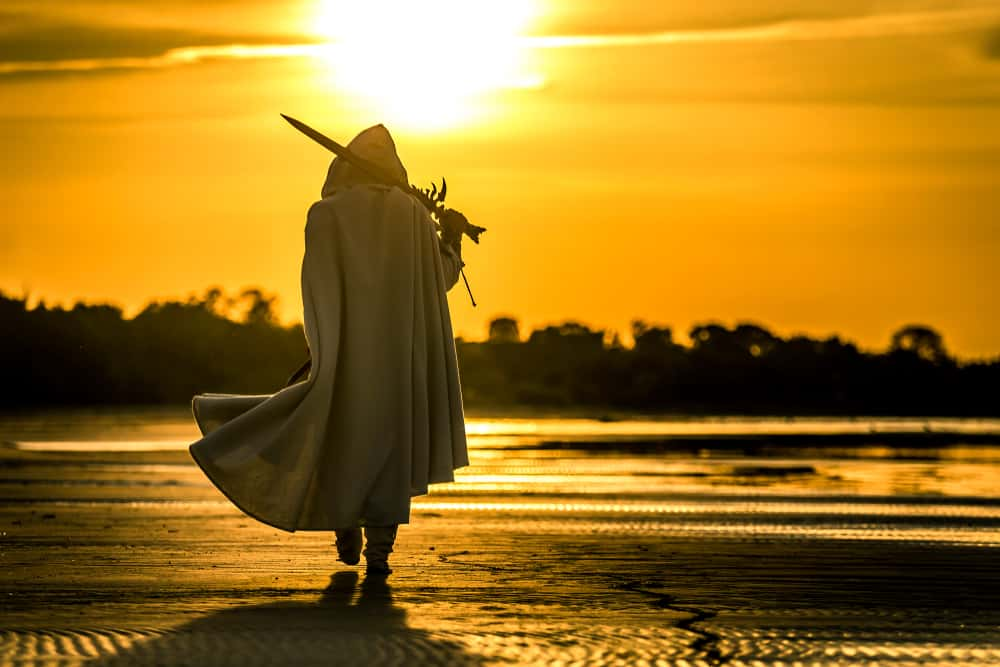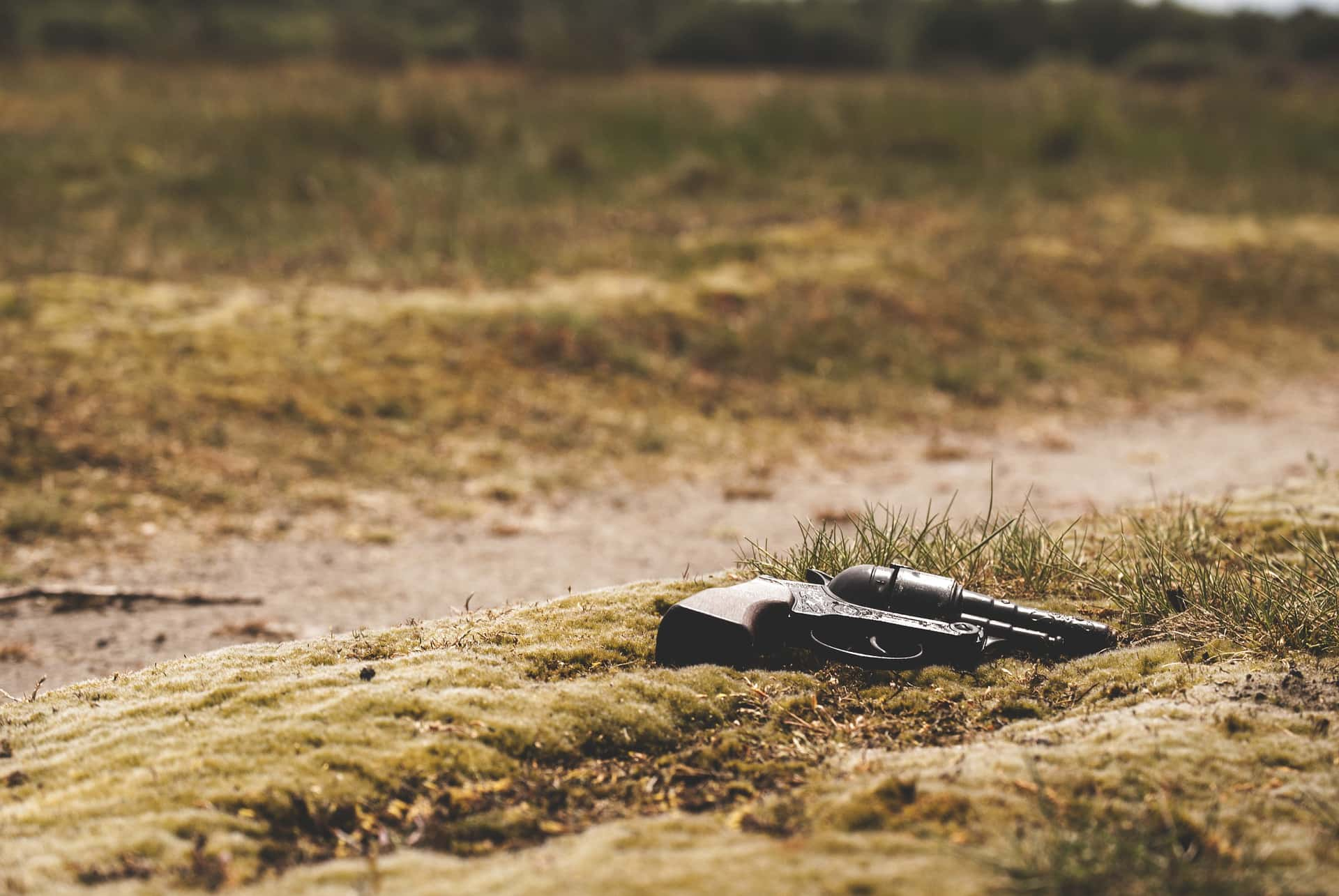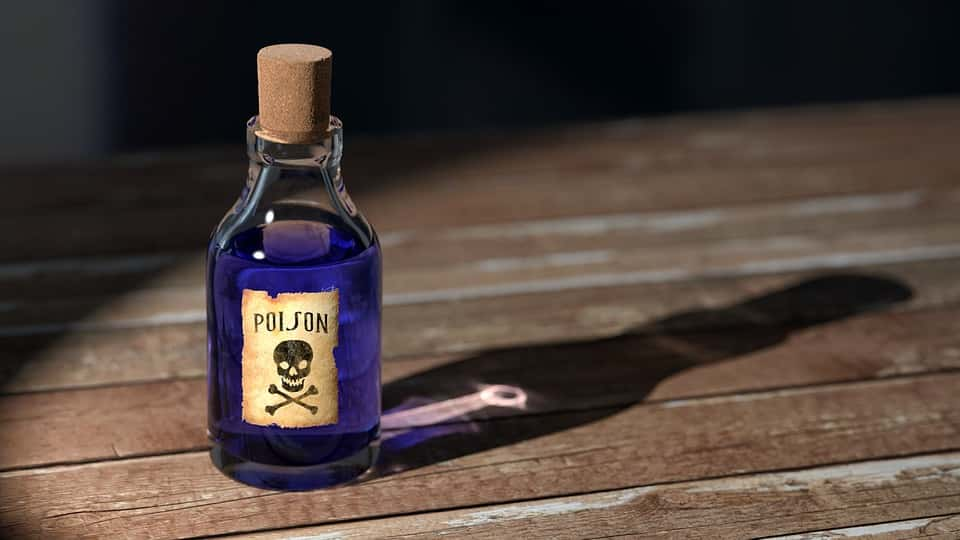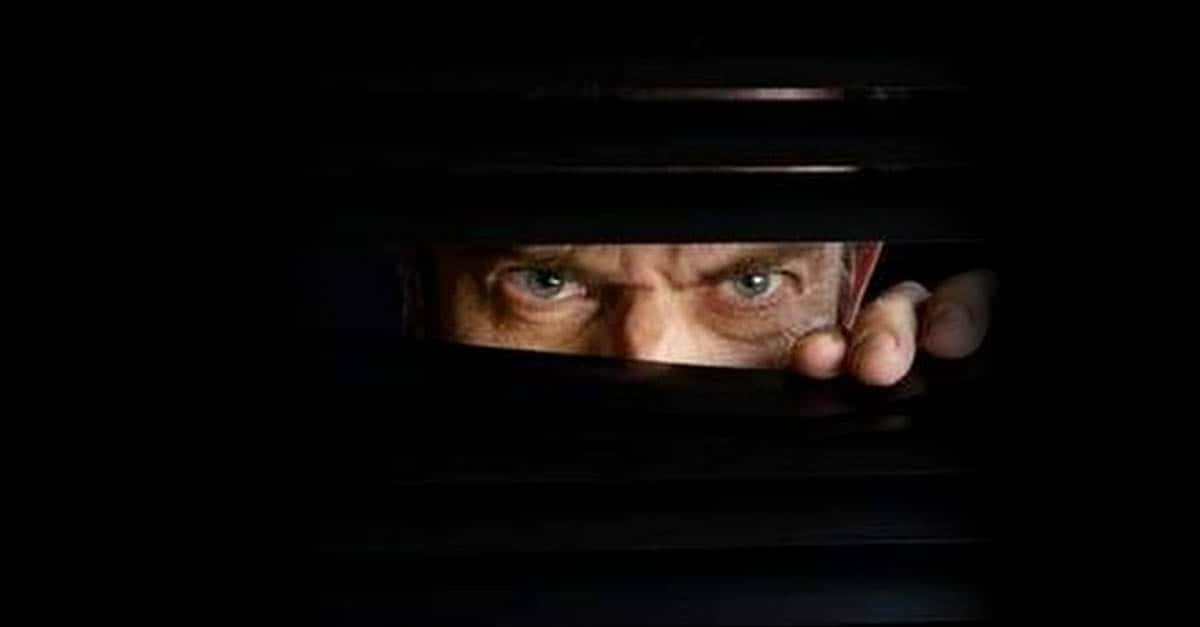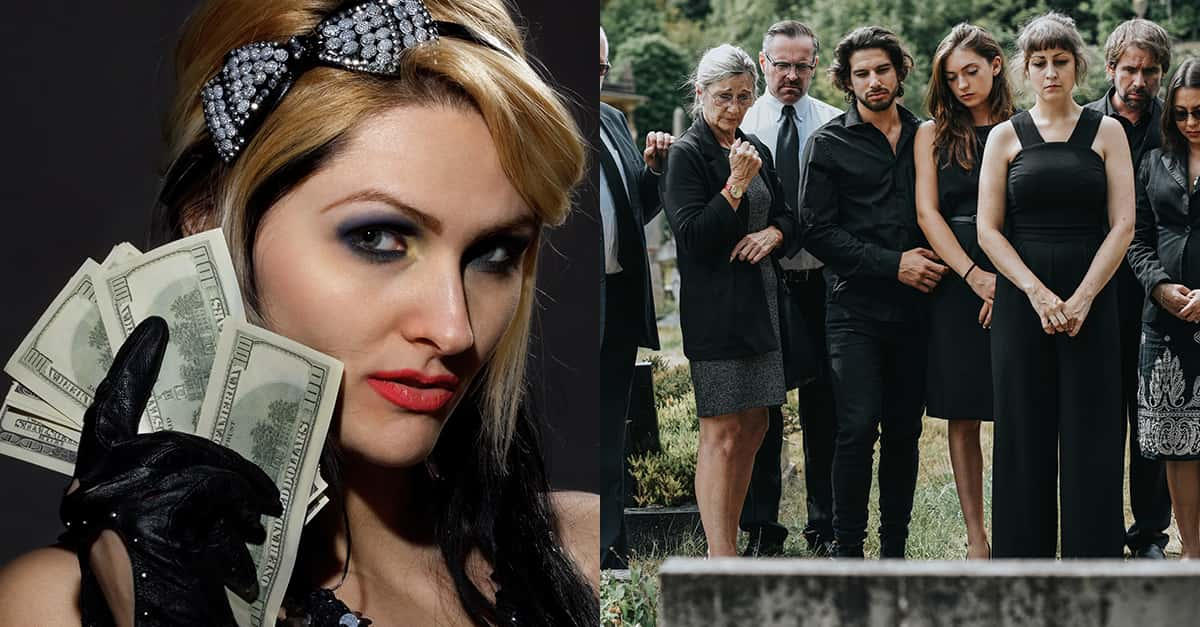We so often hear stories of the great men and women whose lives have been cut short by assassins—but what about those dark figures who did the deed? We here at Factinate have taken the liberty of reading up on some of these historical assassins and have provided you with an easy-to-read list of facts to satisfy your morbid curiosity.
Assassins Facts
1. “Brotherhood of Blood” was Too Obvious
It’s rare to find an organization of professional assassins (unless you’re watching the John Wick series), but the NKVD would be a good contender for such a group. Translated from Russian, their name was the "People’s Commissariat for Internal Affairs." Under Joseph Stalin, they conducted the Reign of Terror within the Soviet Union, while also being responsible for a series of assassinations internationally.
2. Hit List
The many victims of assassination by agents of the NKVD were mostly comprised of Stalin's political enemies. These included Noe Ramishvili (Prime Minister of Georgia), Yevhen Konovalets (a Ukrainian politician), and most famous of all, Leon Trotsky (Lenin’s former right-hand man and Stalin's bitter rival).
3. Red with Blood
The most prominent face of the Soviet Union’s NKVD was Lavrentiy Beria. Beria’s ruthlessness was so well known that even when the Soviet Union were technically allied to the United States during World War II, President Roosevelt didn’t hesitate to compare Beria to Heinrich Himmler (the man most responsible for how the Holocaust was carried out).
Beria ruled with sinister bloodthirstiness, running the gulag system and ordering most of the NKVD’s operations. He was finally brought down after Stalin’s death by Nikita Khrushchev and he ended his life weeping and begging for mercy before being shot to death.
4. I’ve Got a Bad Feeling About This
Throughout his youth, John Wilkes Booth was a promising figure. The son of theater actors was athletic, charismatic, and became a famous stage actor in his own right. However, he was haunted by a prediction made by a fortune-teller. The soothsayer decreed that Booth would be famous, but would die young and come to “a bad end.” In case you think this might be historical revisionism, Booth himself wrote down the prediction, showing it to his family and reflecting on it whenever he was depressed.
5. What are the Odds?
While John Wilkes Booth is known for assassinating President Abraham Lincoln, it wasn’t the first time that his family had interacted with Lincoln’s. Booth’s brother, Edwin, was known as the greatest actor of his day, well known even in a time without movies or television to turn actors into celebrities.
During the final years of the Civil War, Edwin was traveling by train when he rescued a young man from an accidental death while the locomotive was running. Remarkably, this young man happened to be Robert Todd Lincoln, the president’s son!
6. Welcome to Jerusalem!
When the Roman Empire conquered Jerusalem, they made bitter enemies out of the Jewish population that had held the city before the conquest. One particularly sinister group of Jewish agents were the Sicarii.
Named after the sica, a short dagger which was their signature weapon, this group of assassins easily walked amongst the populace without arousing suspicion. Targets could be followed in public, then quietly stabbed to death, only for their small daggers to be hidden in one’s clothing again.
7. Crazy Connections
The shocking 1935 assassination of controversial US Senator Huey Long has cast a long shadow over American history. On September 8 of that year, Long was shot to death by Carl Weiss, a physician by trade. Weiss also happened to be the son of an eye specialist who had once treated Long, and the son-in-law of Judge Benjamin H. Pavy. Why is that relevant? Long had just finished passing a bill to oust Pavy when Weiss confronted and killed him.
8. Overkill?
After Weiss shot Long, he was immediately killed by Long’s bodyguards, who were said to have fired more than 60 rounds into the assassin's body. However, Long was a controversial figure who alienated many, and Weiss’s funeral ended up being attended by thousands of people!
9. Love Thy Neighbor
In the aftermath of the 1972 Munich Olympics, when Israeli athletes were abducted and massacred by members of the terrorist group Black September, Israel launched a massive operation to find and kill the masterminds behind this attack. One of these masterminds was Ali Hassan Salameh, who survived five assassination attempts before he was finally killed.
We do not know the name of the assassin behind Salameh’s demise, but we know that her codename was Agent Penelope and that she went under the pseudonym Erika Chambers. She had spent a considerable amount of time living as a friendly neighbor to Salameh, even befriending him when they met at the local swimming pool. After she planted the bomb which killed Salameh, she disappeared and has not been heard of since.
10. Big Brother’s Watching
While some assassins would prefer to be on the payroll of one criminal organization, Chester Wheeler Campbell was more ambitious than that. Campbell spent the 1970s and 1980s working for Detroit’s Italian Mafia, as well as the various unaffiliated drug lords in the city. He was well known for having a very large arsenal in his home, as well as the kind of surveillance equipment that even police departments would consider excessive!
11. Femme Fatale, Indeed
During the 1980s, Spain was embroiled in a violent movement when the region of Basque sought independence. The separatist movement led to the formation of the group known as the ETA, and Idoia Lopez Riano was one of their most dangerous members. In 1986, Riano was responsible for the death of twelve guards in a bomb attack. However, Riano’s calling card was seducing policemen, only to assassinate them or their comrades. For this reason, she was nicknamed “La Tigresa,” or “the Tigress.”
12. A Fallen Star
On June 5, 1968, New York Senator Robert F. Kennedy was celebrating the fact that he was a step closer to securing the Democratic nomination for US President, having triumphed in the California primary. As he made his way through the heavily crowded kitchen of the Ambassador Hotel, Kennedy was shot by Sirhan Sirhan, a Christian Palestinian who had a grudge with Kennedy for his support of Israel. Kennedy died that night, leaving historians to wonder what might have happened if he’d lived long enough to try his hand at the Presidency.
13. Who Did it?
We should point out that many, including Robert F. Kennedy’s own son, are convinced that Sirhan Sirhan didn’t actually kill Kennedy. Just like with Kennedy’s brother, JFK, a range of theories range about how the assassination happened, and why it was carried out. Whatever the truth may be, Sirhan continues to be incarcerated at Richard J. Donovan Correctional Facility as of April 2019.
14. The Evil Woman
Roman emperors had famously short lifespans, largely due to the work assassins. Let's talk about Emperor Claudius, for example. Although he is widely hailed by historians as one of the best emperors that Rome ever had, his last wife, Agrippina the Younger, wanted him out of the way so that her son, Nero, could become the next emperor. To this, she turned to a woman named Locusta, who was already imprisoned for her dabbling in poisons.
15. A School for the Dark Arts
In exchange for favor in the royal Roman court, Locusta provided Empress Agrippina the Younger with the poison which eventually killed Claudius. After Nero became emperor, he used Locusta’s skills and poisons to get Claudius’ son out of the way as well. In reward for her service, Locusta was given grand estates in the country, and Nero would send his own assassins to her to train in the art of poison.
16. Dark is as Dark Does
In case you think Locusta got away with her crimes, you can rest assured. Locusta’s power came to an end when Emperor Nero fled his throne and died in exile (he had ironically taken some of Locusta’s poison with him in case he needed to take his own life). Locusta was targeted by Emperor Galba and denounced as one of the worst figures to rise to power under Nero’s corrupt reign. She was given a brutal and public death, much to the delight of a population which had long feared her.
17. Surprise!
The Reign of Terror which gripped France during the end of the 18th century was full of cold- and hot-blooded murders. One of these was the assassination of the journalist Jean-Paul Marat. Charlotte Corday was an aristocrat who was convinced that Marat and his writing had contributed to several of the bloody events of the time period.
Corday traveled to meet with Marat under the pretense that she had news about an uprising. While he wrote down what she was saying, she stabbed him to death with a knife that she’d brought with her.
18. Blood for Blood
Charlotte Corday had taken the trouble of writing down her justifications for murdering Jean-Paul Marat. Unfortunately for her, the French people didn’t agree with her rationalizations, and she was executed by guillotine for her actions.
19. A Dark Conspiracy
While we cannot emphasize the tragedy of the Abraham Lincoln assassination, it was very nearly much worse in scope than it played out. John Wilkes Booth was just one of several assassins who conspired to topple the American government to avenge the South’s defeat in the Civil War.
Lincoln was Booth’s target, while others were sent to assassinate William H. Seward, the Secretary of State, and Andrew Johnson, the Vice President. In addition, Lincoln was originally meant to attend his ill-fated theater trip with Ulysses S. Grant, his victorious general. Luckily, the assassination attempts against Seward and Johnson failed, while Grant bowed out of the trip at the last minute and escaped assassination at Booth’s hand.
Ulysses S. Grant
20. It’s Strictly Business!
In the 1930s and 1940s, the Italian and Jewish mobs strove for control of New York City. Naturally, assassination was a key tool this struggle for power within the criminal underworld. A crime group known as Murder, Inc. came into being to turn assassination into a ruthless business. It’s not known how many murders can be credited to Murder, Inc., but the number ranges between 400 and 1,000.
21. What Goes Around Comes Around
Julius Caesar came to power after the deaths of his former allies-turned-rivals Marcus Crassus and Pompey the Great. Although Caesar wasn’t directly responsible for either of their deaths, the old rivalries would come back to haunt him in a spooky way.
As you know, he himself would be assassinated by a group of senators led by Brutus and Cassius Longinus. Brutus had formerly fought with Pompey against Caesar, and Cassius had been one of Crassus’ chief lieutenants. To make it even more ironic for Caesar, he was stabbed to death in a building called the Theatre of Pompey.
22. A Terrible Day for the World
Nathuram Godse was a member of an extremist Hindu group in India, living during the time when India had finally succeeded in gaining independence from British rule. However, in the chaotic aftermath, Godse was convinced that India’s spiritual leader, Mohandas Gandhi, was too favorable towards the Muslim population within India.
Conspiring with a few others, Godse managed to approach Gandhi during an evening prayer on January 30, 1948. He fired three bullets point-blank into Gandhi’s body before being seized and disarmed.
23. Spare Him!
Godse’s trial for the assassination of Mohandas Gandhi lasted more than a year. Eventually, he was sentenced to death by hanging, but a plea of commutation was made by the most unlikely of people; Gandhi’s sons, Manilal and Ramdas, both expressed their wish that Godse be spared the death penalty. Unfortunately for them (and for Godse), their incredible display of forgiveness was dismissed, and Godse was hanged on November 15, 1949.
24. Danger in Deutschland
During the Cold War, Germany was divided in two, with a wall dividing Berlin right down the middle, between Soviet and Western control. Espionage and terrorism were carried out on both sides of the wall, but a strong case has been made that Brigitte Mohnhaupt was “the most evil and dangerous woman in West Germany” in this time. Mohnhaupt was a member of two terrorist groups, both of which are known to have carried out several high-profile assassinations over the years.
First row from L to R, third person
25. No, Not That RAF
Mohnhaupt committed various crimes while working with the group known as the Red Army Faction. Among these was the assassination of Siegfried Buback, a chief federal prosecutor in West Germany. In another instance, Mohnhaupt was involved in the kidnapping and murder of German businessman Hanns Martin Schleyer.
26. Who Killed Mr. Palme?
The true mark of a dangerous assassin wouldn’t just be the successful death of their target, but the fact that we don’t even know who they are, even many years later. In 1986, the Prime Minister of Sweden, Olof Palme, was shot to death as he walked home with his wife. The killer was never identified, let alone caught.
27. A Sinister Motivation
The mystery of Olof Palme’s assassination has naturally drawn a lot of speculation from people. Of the many theories which would explain why Palme was killed, the one which many people think holds up the best ties back to Palme’s outspoken opposition of the racist system in South Africa known as Apartheid.
At the time, it was still going strong, and Nelson Mandela was still in prison. Palme had been intending to try and get Mandela released, which would certainly have drawn the ire of the people running South Africa at the time. That said, we will likely never know the truth behind the assassination, or even who pulled the trigger.
28. The King is Dead
By 336 BC, King Philip II of Macedon held sway over most of the Balkan region, and he was preparing a long-anticipated invasion of Persia. However, this came to an end when he presided over the political marriage of his daughter Cleopatra to Alexander I of Epirus and was suddenly murdered by his own bodyguard, Pausanias.
The bloody deed done, Pausanias attempted to flee from the scene and reach a spot where horses had been left for his speedy departure. However, he tripped over a vine root and was speared to death by his pursuers.
29. Many Questions
The exact motivation for why Pausanias killed Philip has remained controversial amongst historians. According to Diodorus Siculus, Pausanias had been one of Philip’s many lovers before he was targeted by Attalus, a Macedonian nobleman who had a grievance with Pausanias. Attalus and his friends allegedly cornered a drunk Pausanias and raped him. Philip then refused to punish Attalus for whatever reason, infuriating Pausanias and sparking his vengeance.
This explanation has fallen under scrutiny, however, as this timeline would mean that Pausanias waited eight years before taking revenge on Philip. Also, he never seems to have taken any action against Attalus or any of his other attackers.
30. Courtroom: Ancient History
To add further complications to the assassination of King Philip by Pausanias, there are the actions of Philip’s wife, Olympias. While Philip’s son and successor, Alexander the Great, had Pausanias’ corpse put on display, Olympias allegedly set up a memorial to Pausanias when Alexander was away on his military campaigns.
Many have suspected that Olympias, or even Alexander, were either complicit or outright supportive of Pausanias’ actions, in order to get Philip out of the picture so that Alexander’s ascension could be assured. This, sadly, will never be fully resolved, as the principal characters in this case can’t be called to any witness stand.
31. Mommy Dearest
It hasn’t been difficult for historians to picture Queen Olympias as an assassin when one considers her ruthless actions later in life. After the death of Alexander the Great, Olympias took part in the bloody game of thrones and civil war which erupted as Alexander’s former noblemen, friends, and generals struggled to take the dead king’s power for their own.
Olympias had a hundred followers of Cassander, the son of one of Alexander's generals, killed before Cassander himself besieged the queen mother at the town of Pydna. When Olympias finally surrendered, Cassander turned her over to a brutal death by the families of those she’d had killed.
32. Another Assassin?!
Cassander was the son of Antipater, one of the most powerful generals to serve Philip II and Alexander the Great. Eventually, Alexander and Antipater’s relationship soured, and Antipater was summoned to meet the king in Babylon. Suspecting that he was a dead man walking, the elderly Antipater sent Cassander in advance. Though it's widely believed that Alexander died of sickness, some have speculated that Cassander poisoned Alexander on that day.
33. World Politics
On June 28, 1914, Archduke Franz Ferdinand, the heir to the Austro-Hungarian Empire, was visiting the city of Sarajevo when he was shot to death by a young radical named Gavrilo Princip. At the time, Europe was a powder keg waiting for a spark, and Princip’s assassination of Ferdinand would provide that spark (as well as inspiration for a band name several decades later).
34. Second Chance
Incredibly, Princip shooting Franz Ferdinand was a stroke of pure luck on Princip’s part. He and five others attempted to assassinate Ferdinand earlier that day with primitive grenades. The attempt failed, and Princip fled the scene, only to dejectedly eat a sandwich in a café.
Much to his astonishment, however, Franz Ferdinand wanted to visit those who were injured in the earlier assassination attempt, but his driver had gotten lost and was trying to reverse the car—right in front of the café. Princip was thus given a second chance to kill his target, and this time he succeeded.
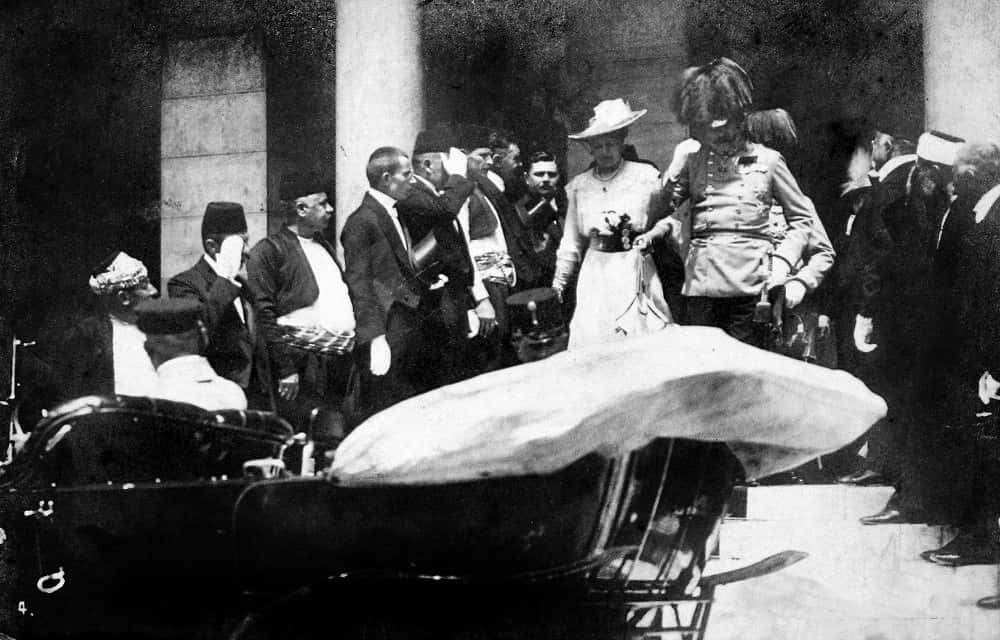 Wikimedia Commons, Karl Tröstl
Wikimedia Commons, Karl Tröstl
35. Nobody Wins This Time
After he had assassinated Archduke Franz Ferdinand, Gavrilo Princip attempted to take his own life by taking a cyanide pill and jumping into a river. However, the pill was expired and didn't work, and the river was only inches deep, so he survived on both accounts and was captured. Because he was still three weeks away from his 20th birthday, Princip was considered too young for the death penalty.
What he was given instead was a life sentence in draconian prison conditions. By the time Princip died, less than four years into his term, he was suffering from tuberculosis, weighed just 88 pounds, and had needed to have his right arm amputated due to an infection. All the while, the First World War raged across Europe, triggered by his successful assassination of the Archduke.
36. I Murdered the President
Leon Czolgosz is probably a name you don’t know, but in the 19th century, he became famous when he shot and killed US President William McKinley. Born into poverty and driven to reclusiveness by a rough childhood, Czolgosz found solace in the ideas of anarchism. Concluding that the way to reform American society was to destroy its power infrastructure, Czolgosz met McKinley in the Temple of Music at Buffalo, NY’s Pan-American Exposition.
He shot two rounds into the president’s stomach before being set upon by the crowd. As the mob attacked Czolgosz, McKinley faintly uttered, "Go easy on him, boys."
37. Twisted Vengeance?
President McKinley died eight days after he was shot by Czolgosz. Meanwhile, the assassin attempted to plead guilty at his trial but was forced to plead not guilty by reason of insanity. He was executed via the electric chair and was buried on the grounds of Auburn State Prison. Reportedly, his remains were doused with sulfuric acid, completely disfiguring him.
38. My Predecessor
Czolgosz’s assassination was inspired by the example set by Gaetano Bresci. Like Czolgosz, Bresci was a political radical who thought it was necessary to overthrow the status quo to liberate the common people from their miserable existence. Bresci also targeted a head of state, in his case Italy's King Umberto I.
Bresci shot and killed Umberto, receiving life in prison. However, he was found dead in his cell just a year into his sentence. The jury’s still out whether it was suicide or a vigilante-style execution.
39. Long-Lasting Company
The word "assassin" is believed to have originated with the Hashshashin, a religious order once based in Persia. This group became infamous for committing various political murders from the 8th to the 15th centuries.
40. Vengeance Will be Mine
Sometimes assassinations happen for reasons of revenge. Such was the case with Shi Jianqiao. In 1925, her father, an officer in the Chinese military, was brutally killed by the warlord Sun Chuanfang. Jianquiao took it upon herself to carry out justice, locating Chuanfang ten years later and shooting him to death.
41. And Proud of it!
Incredibly, Jianqiao didn’t flee from justice after she’d fired three shots into her father’s killer. She not only stayed at the scene to wait for the police, she’d actually brought leaflets to explain to passersby why she’d shot Sun Chuanfang! Ironically, this was arguably what saved her from serious punishment. Due to her motive, Jianqiao was given a full pardon in 1936, since avenging your father’s murder was seen by the Chinese courts as a fair enough action to carry out a murder of your own.
42. Did They Worship a Many-Faced God?
Ancient Indian society bore witness to a group of particular assassins known as the Vishkanya, or Visha Kanya, whose ranks consisted entirely of demure-seeming young women. Since the rise and fall of kings often led to widespread bloodshed, the Vishkanya were used to prevent war by quietly dealing with kings that had lived too long.
43. Fancy a Drink?
In keeping with the Vishkanya’s discretion and attempts to avoid rampant bloodshed, poison was their preferred weapon. These beautiful assassins ingested small amounts of poison until they were immune. They were then able to get close to a king, poison his drink, yet still drink from it themselves, "proving" its safety. This led to many myths about the order, such as the belief that their blood was poisonous, or that they could kill a man simply by looking at him.
Sources: 1, 2, 3, 4, 5, 6, 7, 8, 9, 10, 11, 12, 13, 14, 15, 16, 17, 18, 19, 20, 21, 22, 23, 24, 25, 26, 27, 28, 29, 30

